-
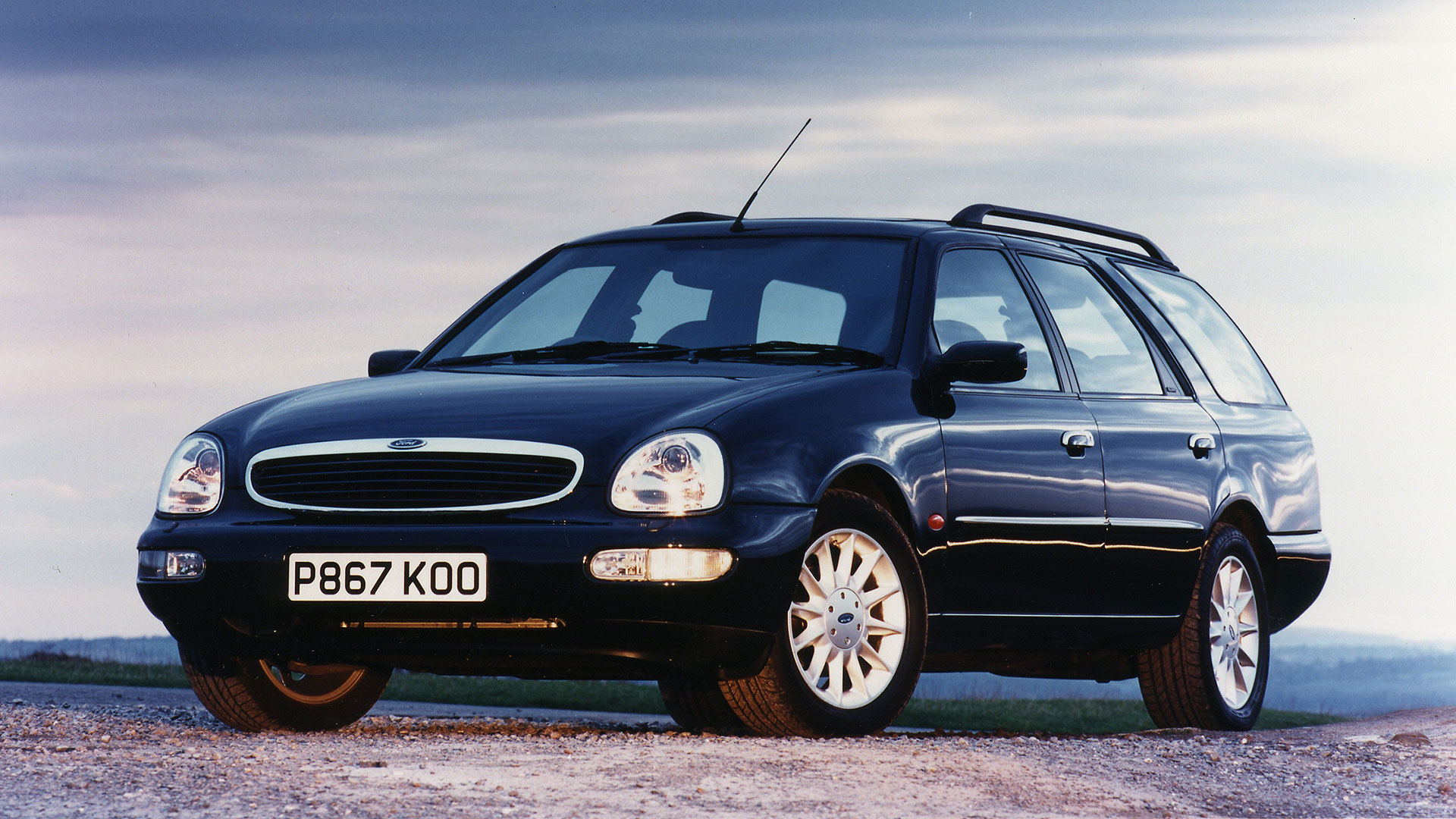
The most controversial cars
© FordCars can be controversial for many reasons. It might be how they look, the engine they use, or because they revive a much-loved nameplate. More importantly, they might be unreliable or dangerous to drive. Here, we’ve assembled some of the most controversial cars in history, from a Mini to an Aston Martin (of sorts). Let us know your nominations in the comments.
-
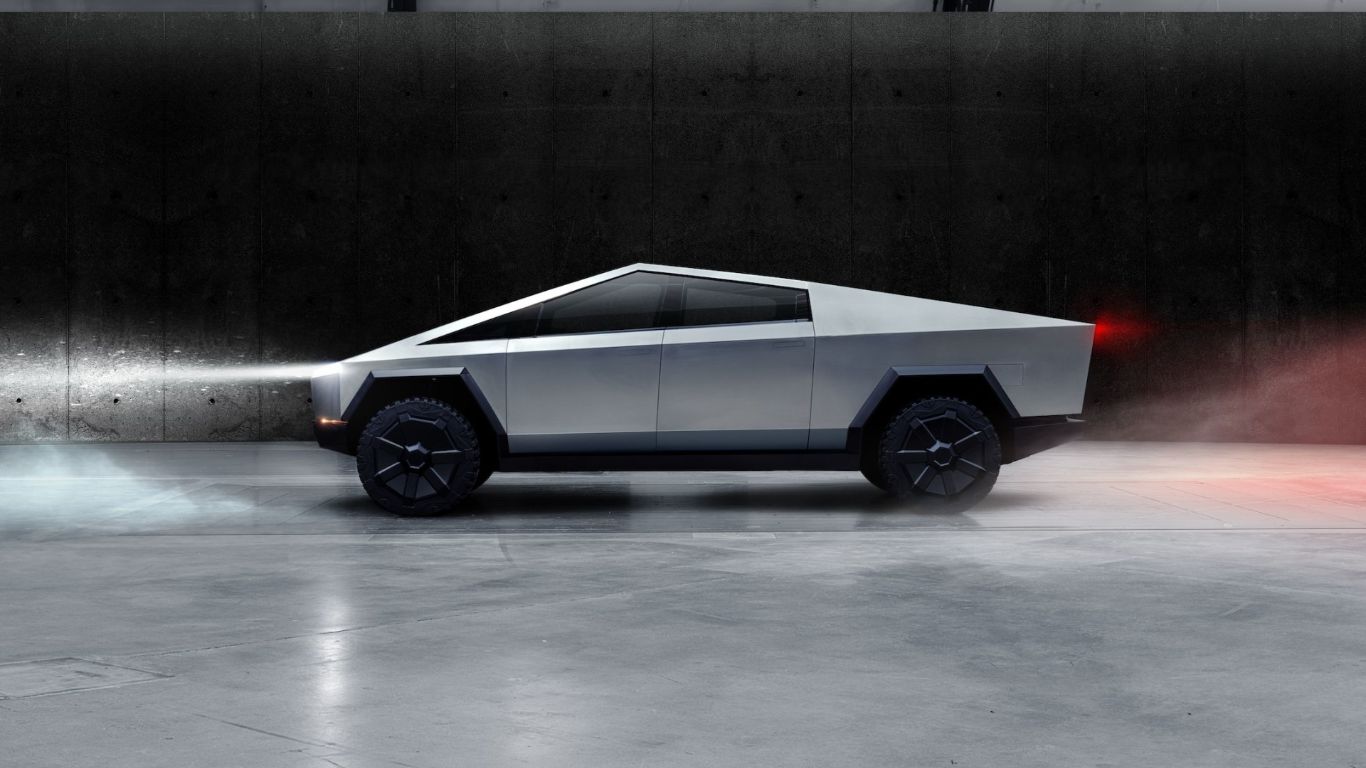
Tesla Cybertruck
© TeslaTesla and its divisive CEO, Elon Musk, never seem to be far from controversy. Like the second-generation Tesla Roadster, the Cybertruck was revealed several years ago – and the company has allegedly taken more than a million deposits since – but neither vehicle seems much closer to production. Questions have been raised about the angular Cybertruck’s ability to meet crash-test legislation, yet Tesla insists it will hit the road in early 2023. Place your bets now…
-
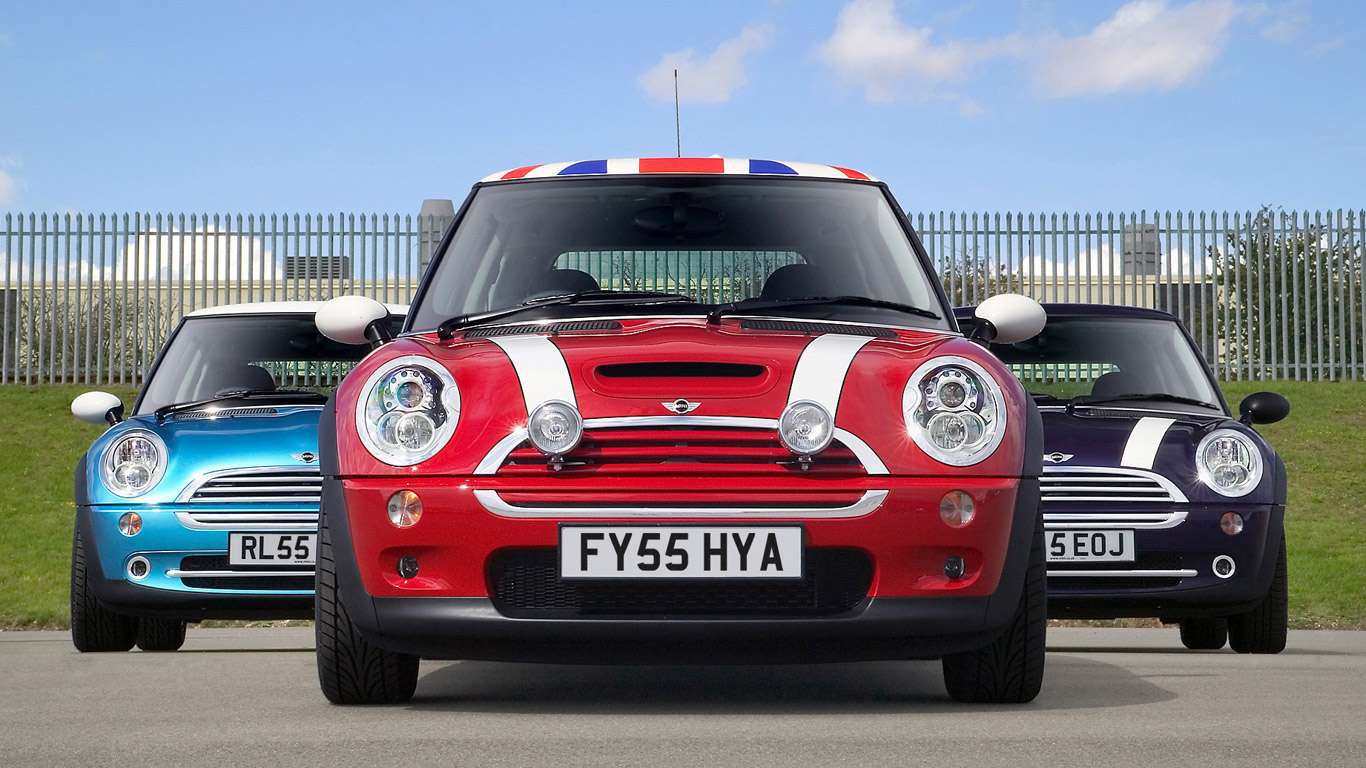
New Mini
© MiniWhen BMW washed its hands of Rover Group in 2000, it kept one crucial brand: Mini. The idea? A trendy new hatchback, built in the UK and sold as a fashion accessory worldwide. Of course, purists hated it, complaining that the Mini was no longer ‘mini’ (despite it being more compact than superminis such as the Ford Fiesta at the time). The Mini brand has gone on to become a huge success for BMW, with offshoots including the Countryman SUV and Clubman estate.
-
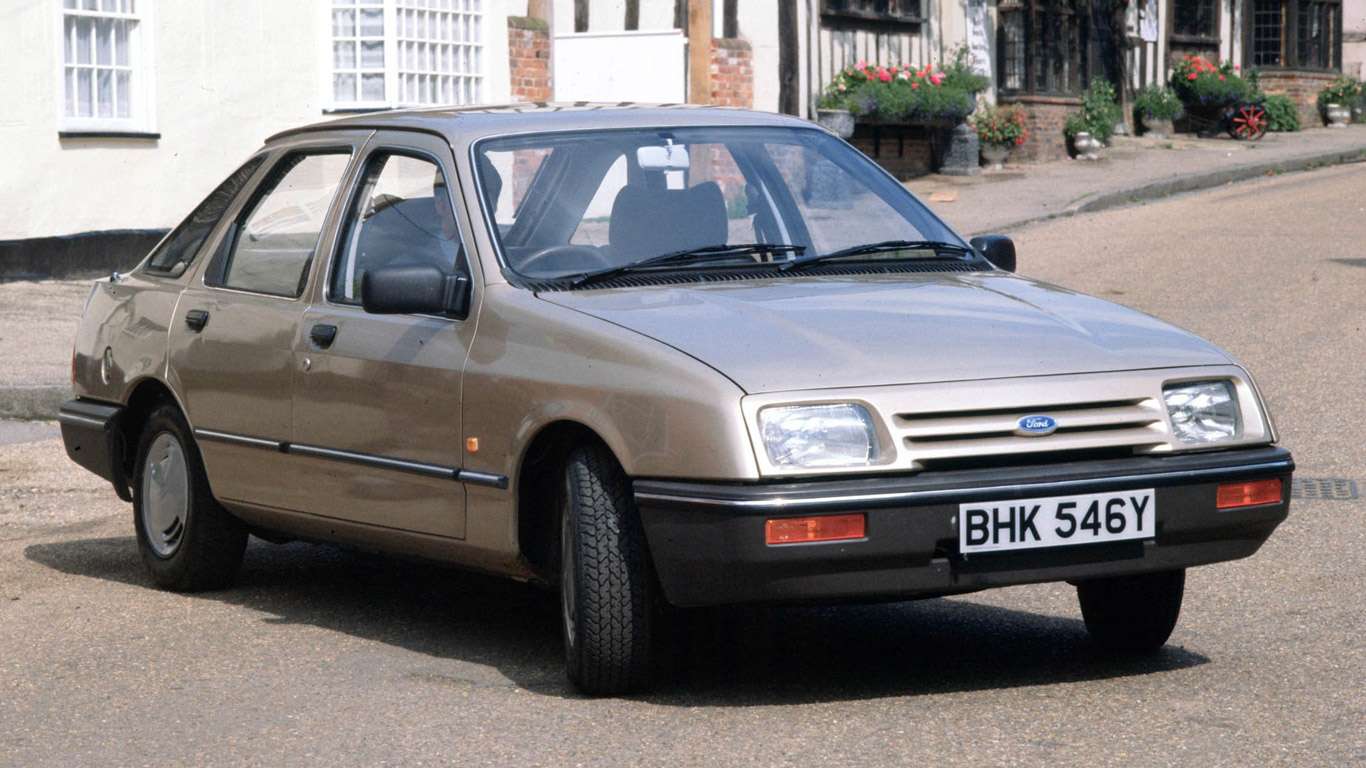
Ford Sierra
© FordRewind to 1982. Council houses are being sold off, a fourth television channel arrives and British miners vote against strike action. And Ford introduces the ‘jellymould’ Sierra as a replacement for the ageing Cortina. With ‘spaceship’ styling, the Sierra wasn’t a hit from the start. Sales were slow – not helped by dealers selling off thousands of Cortinas at discounted prices – but momentum was building by the time it was facelifted in 1987.
-
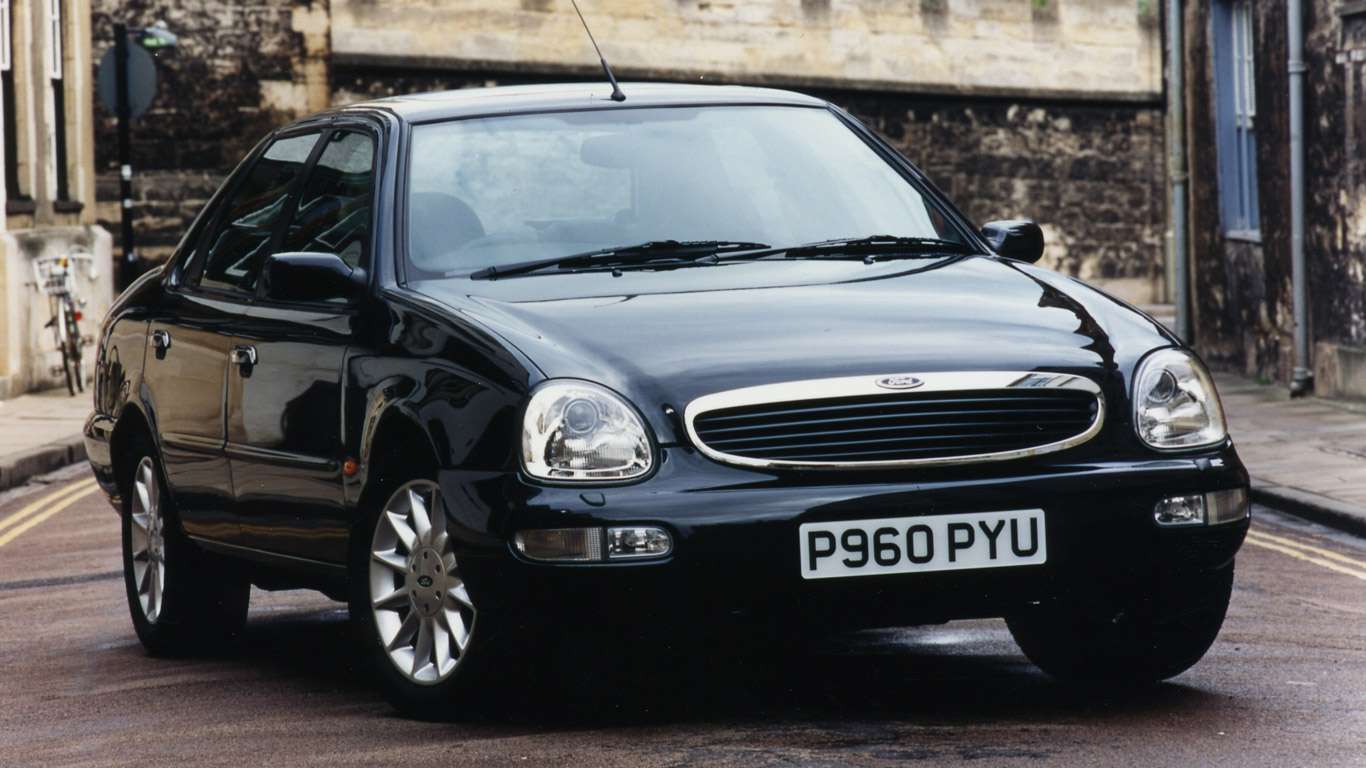
Ford Scorpio
© FordThe second-generation Ford Scorpio arrived in 1994 and, despite being very similar underneath, looked very different to its predecessor. The looks proved to be controversial – with Quentin Willson claiming it had been designed by Stevie Wonder. Ford kept quiet about who actually penned it, refusing to reveal the designer’s name.
-
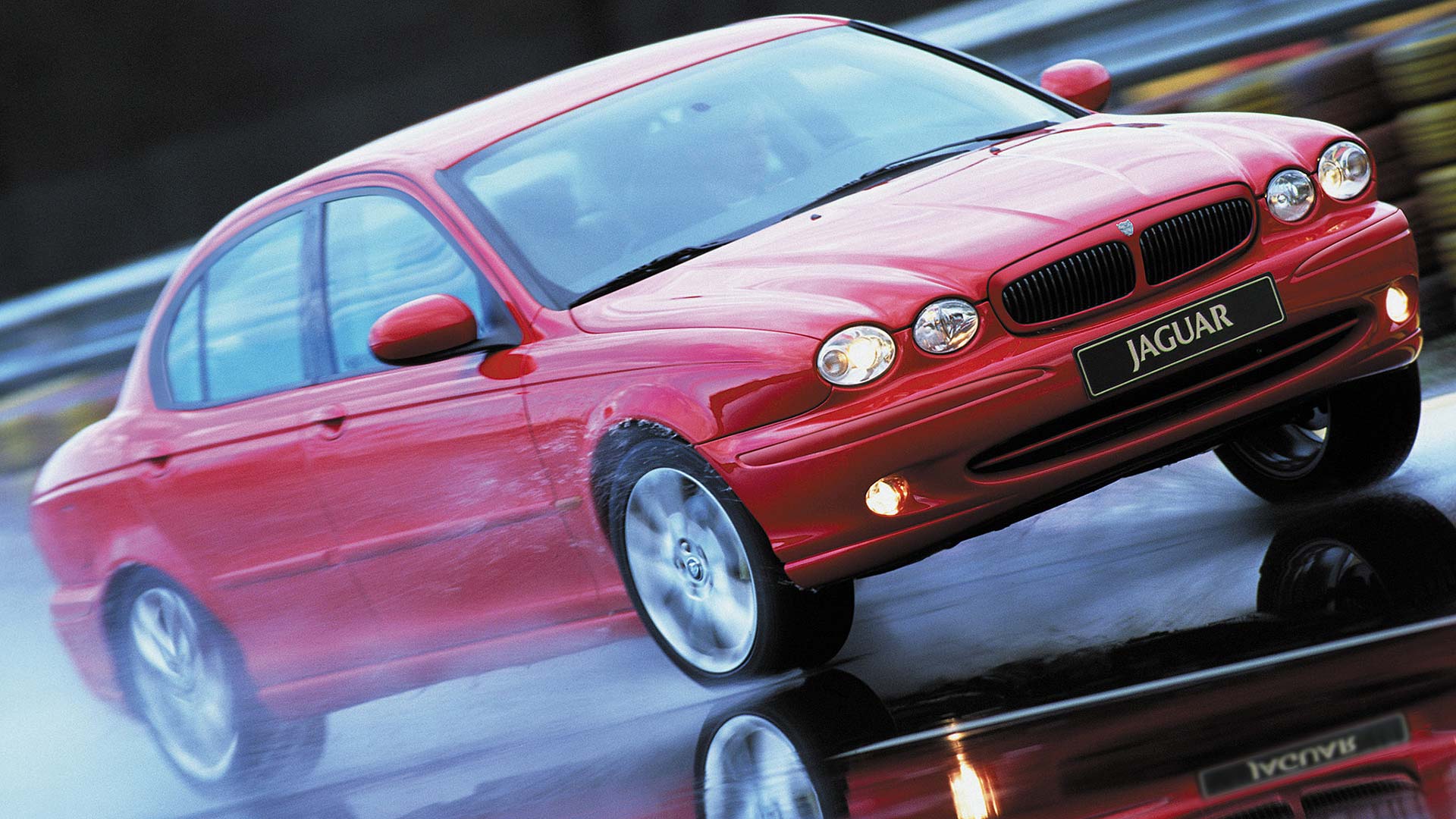
Jaguar X-Type
© JaguarThe early 2000s, and Jaguar desperately needed a compact executive car in its line-up to take on the ever-popular BMW 3 Series. In a bid to speed towards the mooted 100,000 sales, Jaguar borrowed a platform from parent company Ford. Indeed, the X-Type was essentially a posh Mondeo – but that didn’t put everyone off. In one Top Gear episode, Jeremy Clarkson argued, “genetically, you are 98 percent identical to a halibut, but it’s the 2 percent that makes the difference”.
-
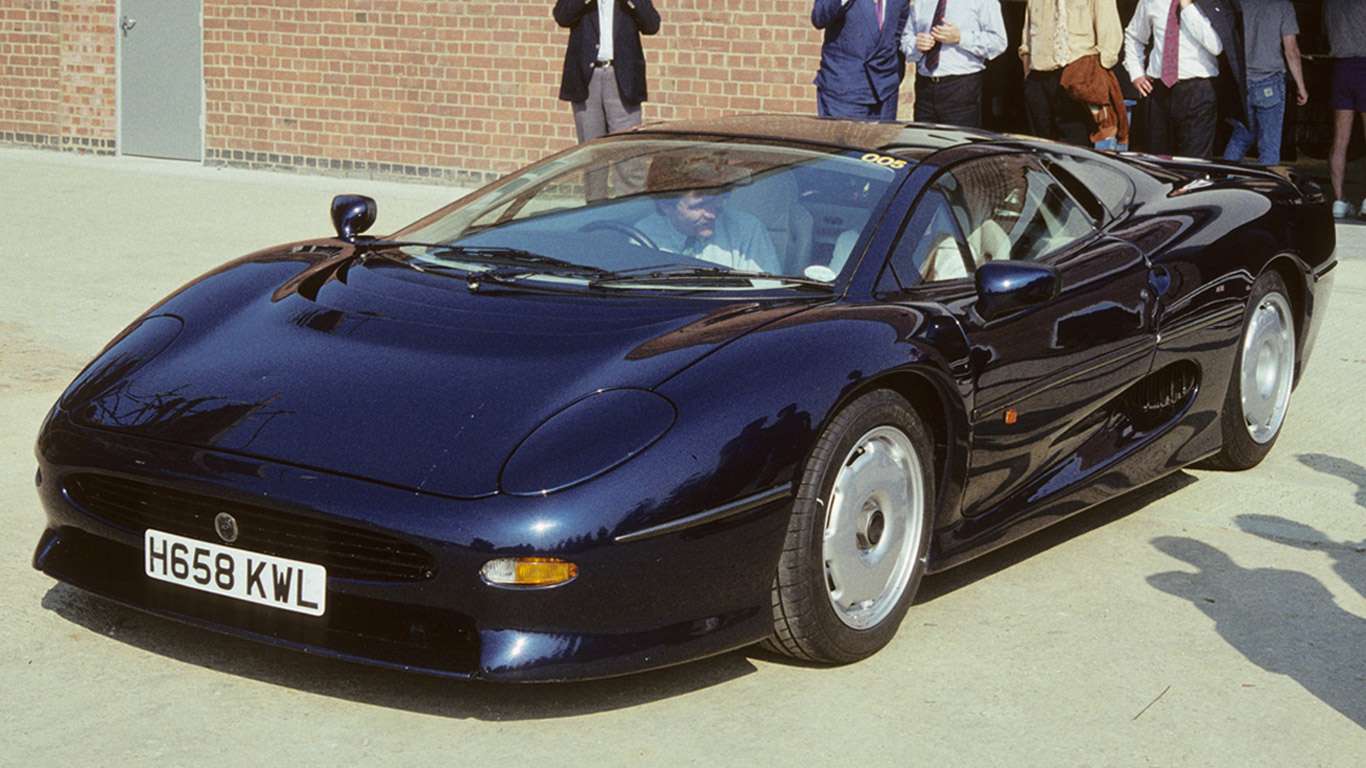
Jaguar XJ220
© JaguarThe Jaguar XJ220 was the work of a group of Jaguar employees working in their spare time. It was revealed in concept form at the 1988 British Motor Show, powered by the firm’s V12 engine and a four-wheel-drive layout. The public loved it, with 1,500 deposits of £50,000 placed off the back of the concept alone. Production reality wasn’t quite the same, however: the engine was replaced by a turbocharged V6 (related to the motor in the Metro 6R4, no less!) – and it was rear-wheel drive. Just 271 were sold.
-
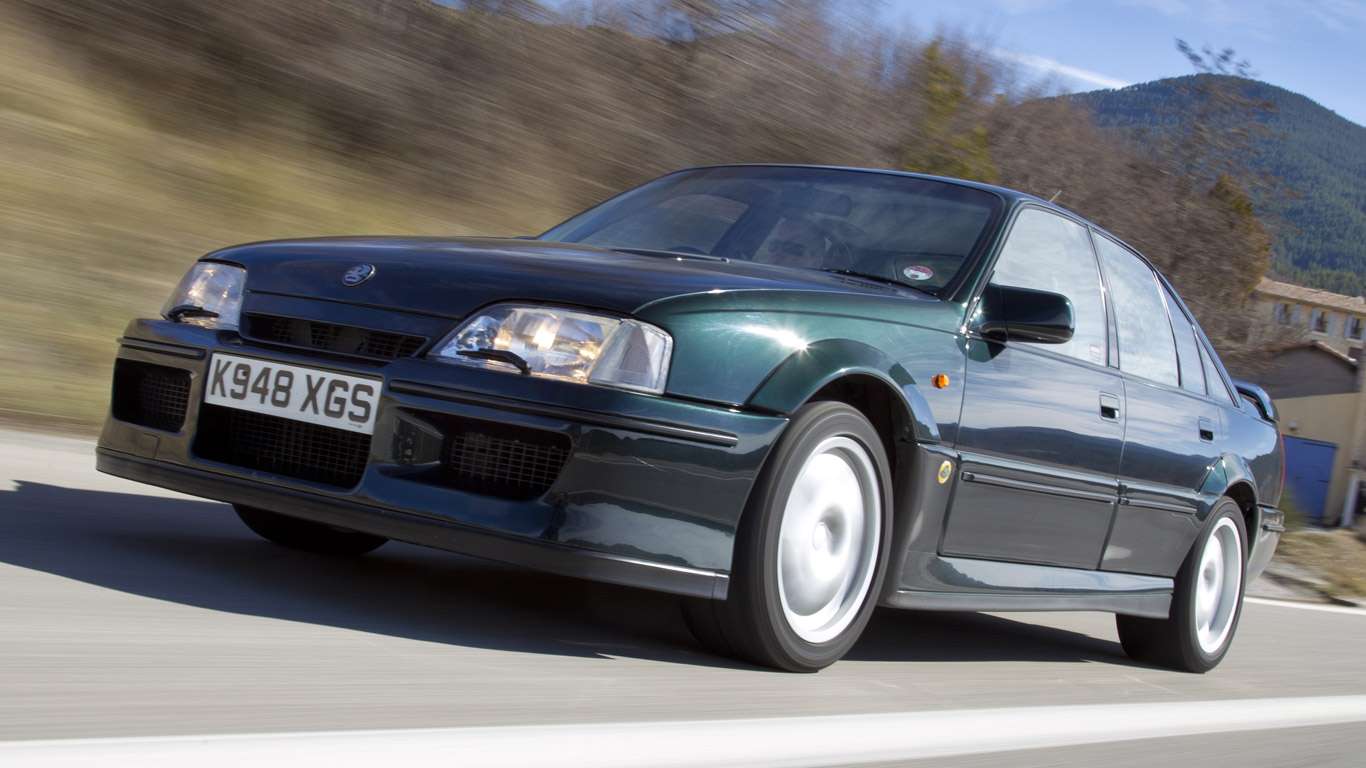
Vauxhall Lotus Carlton
© VauxhallSaloon cars boasting Porsche 911 levels of performance are common today, but they were a bit more unusual when Lotus tweaked the Vauxhall Carlton in 1990. The Daily Mail led a campaign to get the Lotus Carlton banned after the editor of Autocar questioned why anybody needed a four-door car with a top speed of 180mph. It was a favourite with criminals as it could out-run the police in their Vauxhall Senators.
-
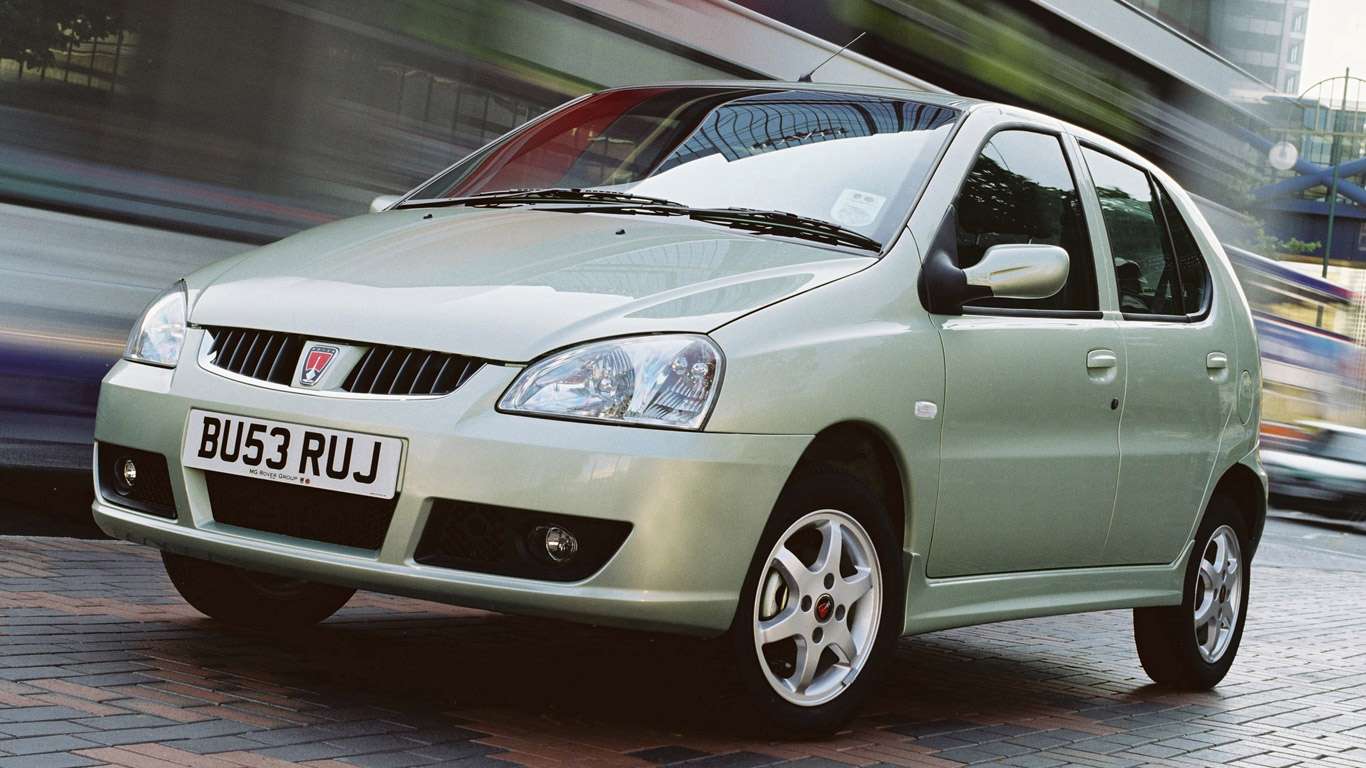
CityRover
© RoverTalking of British car manufacturers in desperate bids to raise cash… Rover was overdue an affordable supermini to rival the popular Ford Fiesta, something it had lacked since the Rover 100 was axed in 1998. It couldn’t afford to develop anything itself, so it turned to Indian firm Tata for help. The CityRover was essentially a rebadged Tata Indica, built in India before being shipped to the UK where it was fitted with a new grille, bumpers, 14-inch wheels and retuned suspension.
-
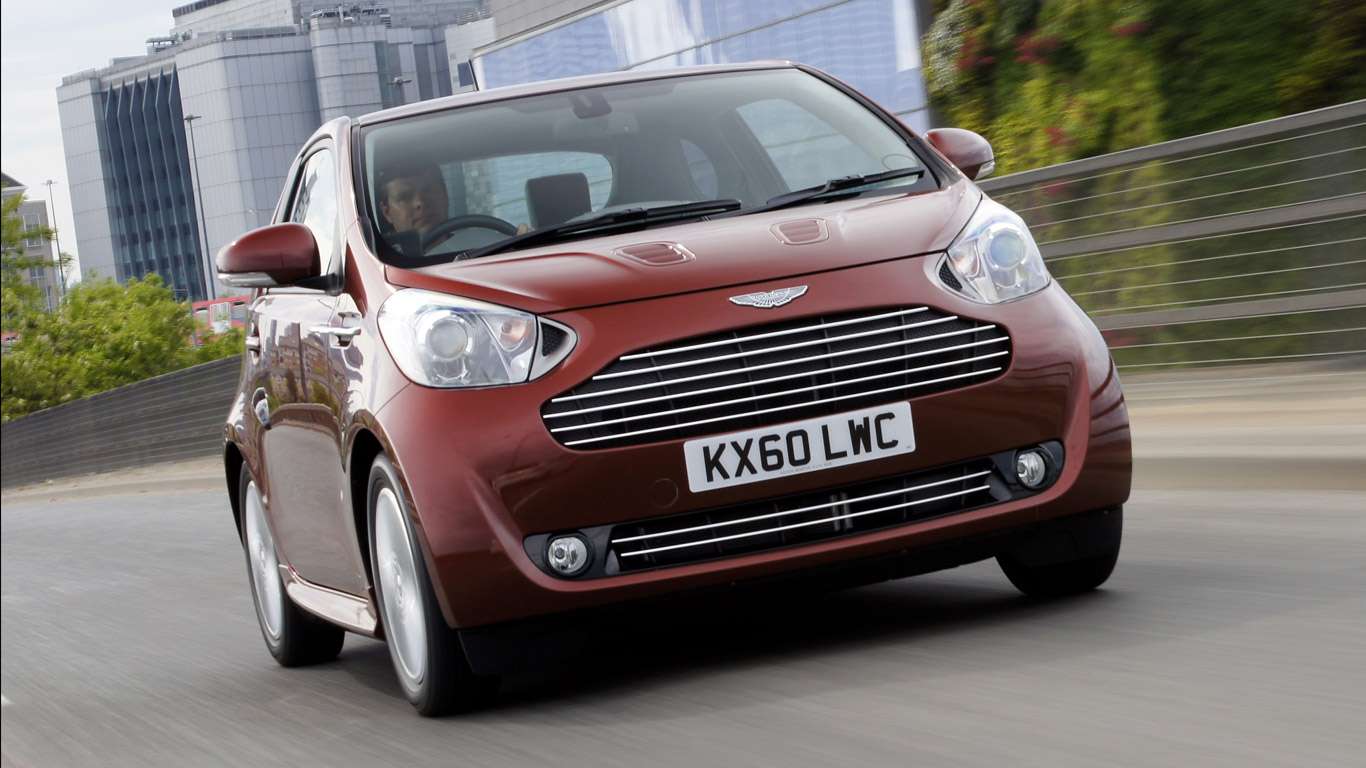
Aston Martin Cygnet
© Aston MartinCould you take Toyota’s IQ, give it an Aston grille as well as a fancy interior, and ask for £30,000 from people with more money than sense? The British firm reckoned so – with sales predictions of 4,000 a year mooted at the time. The buying public saw through the luxury city car, however, and it was axed after just two years in production.
-
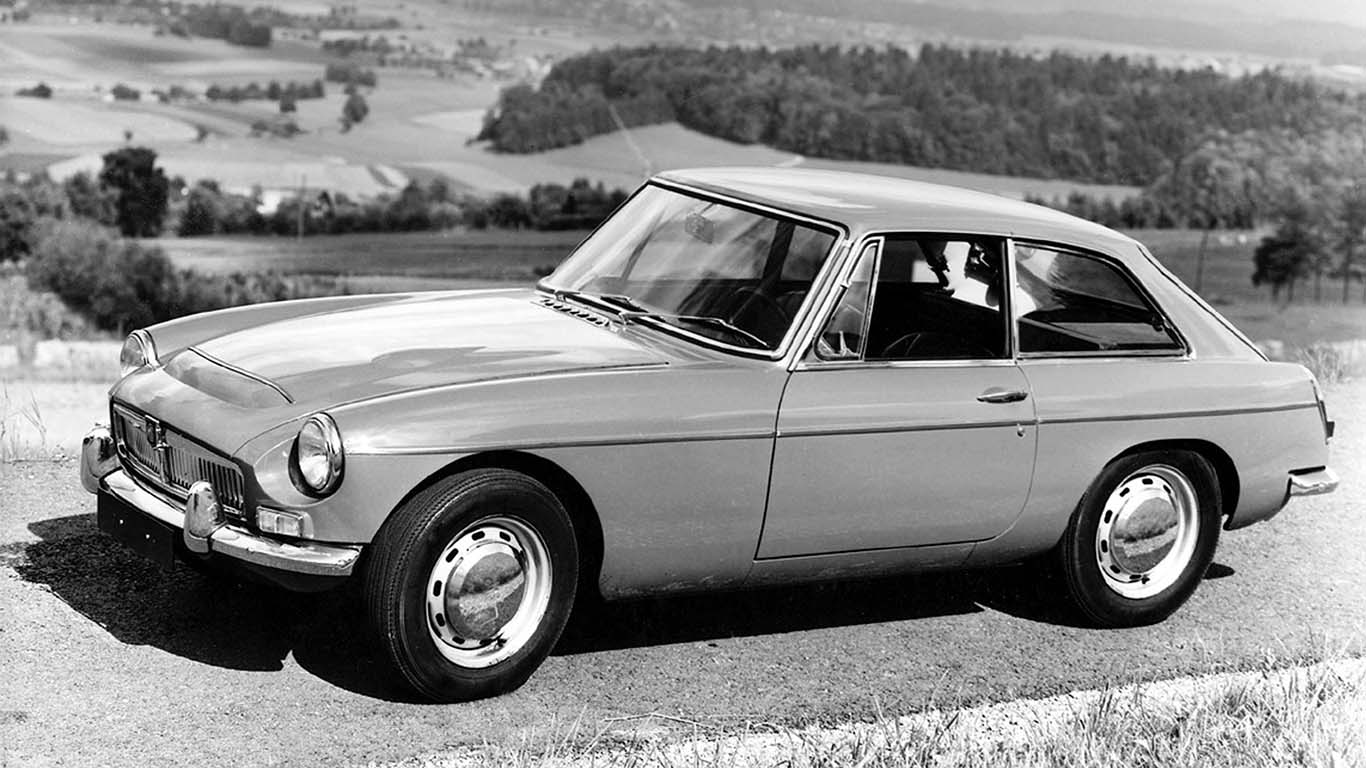
MGC
© MGHow do you make Britain’s favourite sports car, the MGB, even better? Fitting a more powerful engine would help. For the MGC, a 3.0-litre straight-six producing around 150hp was wedged into the B’s bodyshell. Sounds great – but it ruined the original car’s delicate handling. Initial press reviews complained about dangerous levels of understeer (largely attributed to low tyre pressures on the press launch), and the C was in production for just two years.
-
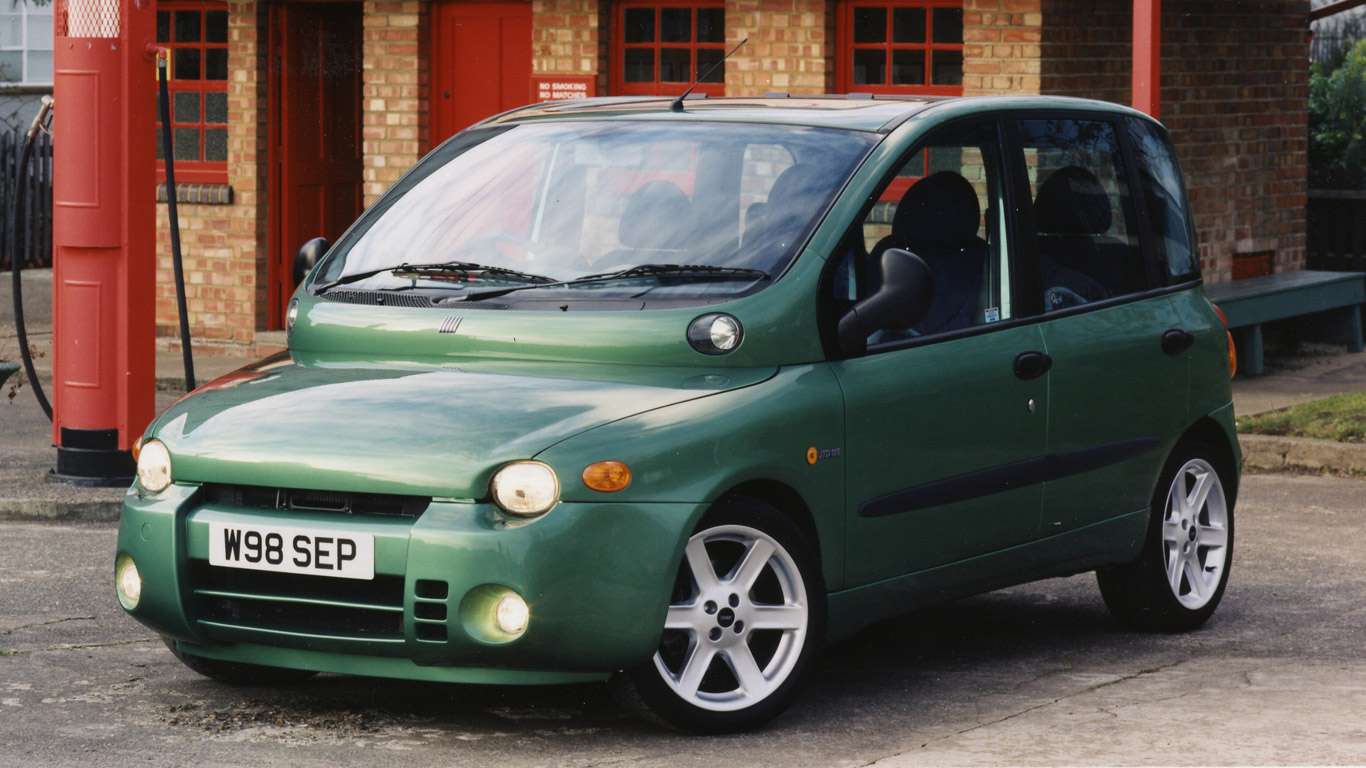
Fiat Multipla
© FiatBack down to earth with a bump. The Fiat Multipla was a quirky MPV with two rows of three seats, rather than the conventional three rows. The width required to accommodate this, combined with Fiat’s unorthodox styling direction, meant the Multipla turned out to be rather aesthetically challenged. A shame, because it wasn’t a bad car – and some argue that it lost its character when it was facelifted in 2004.
-
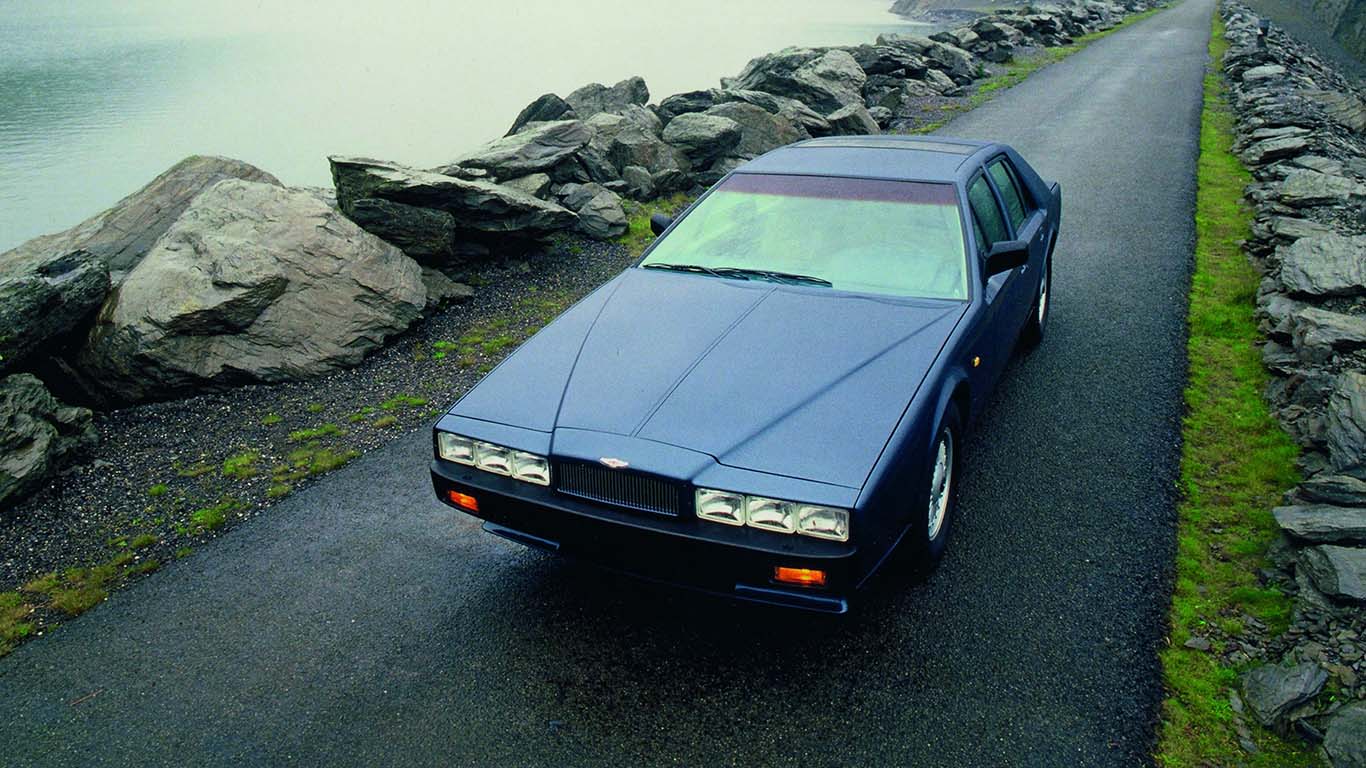
Aston Martin Lagonda
© Aston MartinAston Martin desperately needed funds in the mid-70s, and this was its solution. The four-door Lagonda’s looks were certainly, well, unconventional, but it attracted enough potential customers to bring deposits in when money was tight. The Lagonda was designed for crossing continents with your family but, like the Ferrari 400, the Aston’s outrageous fuel consumption meant few could afford to do so.
-
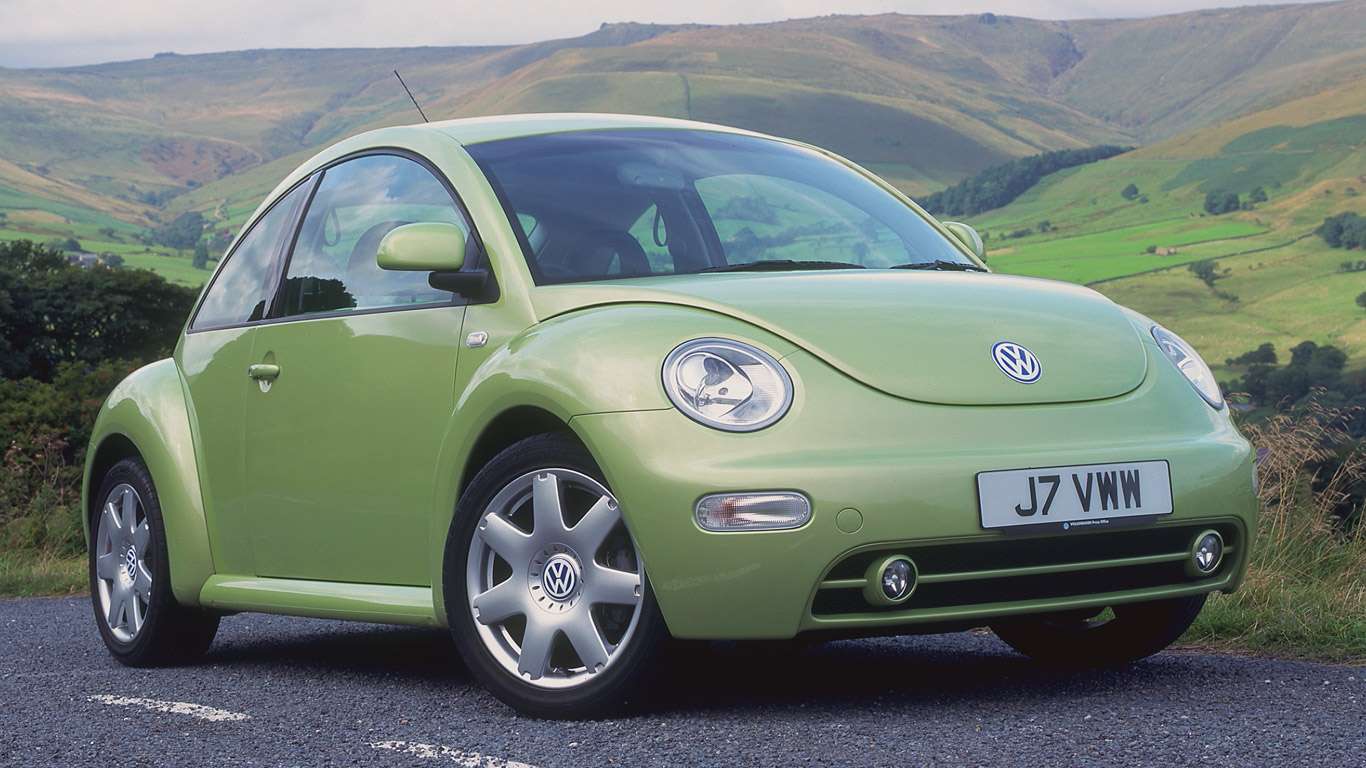
Volkswagen Beetle
© VolkswagenThe new Beetle arrived in 1997 as a nod to the original people’s car. Unlike the original, this version was based on the Volkswagen Golf. It featured a water-cooled engine in the front, power sent to the front wheels, and a price tag significantly higher than the Golf.
-
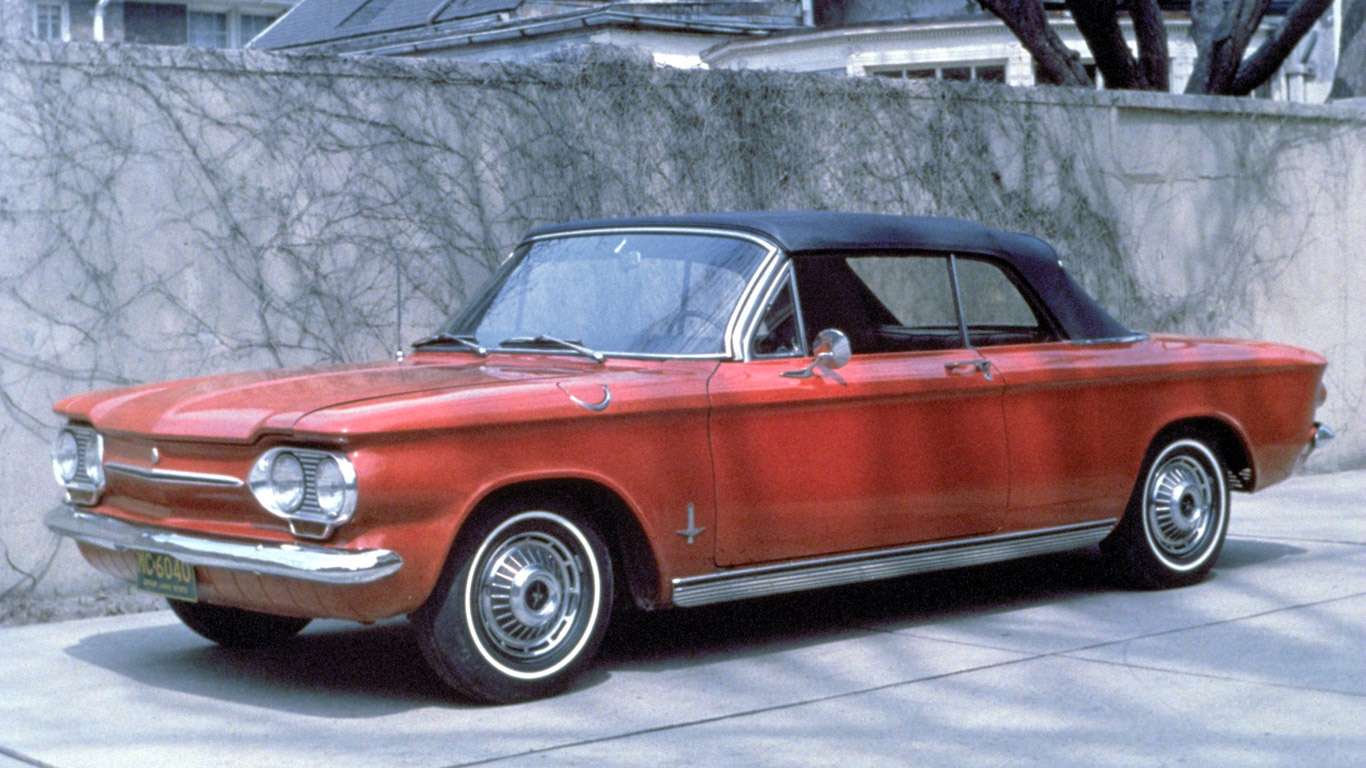
Chevrolet Corvair
© ChevroletThe rear-engined Chevrolet Corvair was deemed so dangerous to drive that political activist Ralph Nader used it to put the boot into General Motors with his book Unsafe at Any Speed. It featured a swing-axle suspension design that was prone to ‘tuck under’ in certain circumstances, and cost-cutting measures meant it didn’t come with a front anti-roll bar. To prevent dangerous oversteer, the Corvair required tyre pressures much beyond their recommended tolerances, with the rears higher than the fronts. Of course, few owners realised this.
-
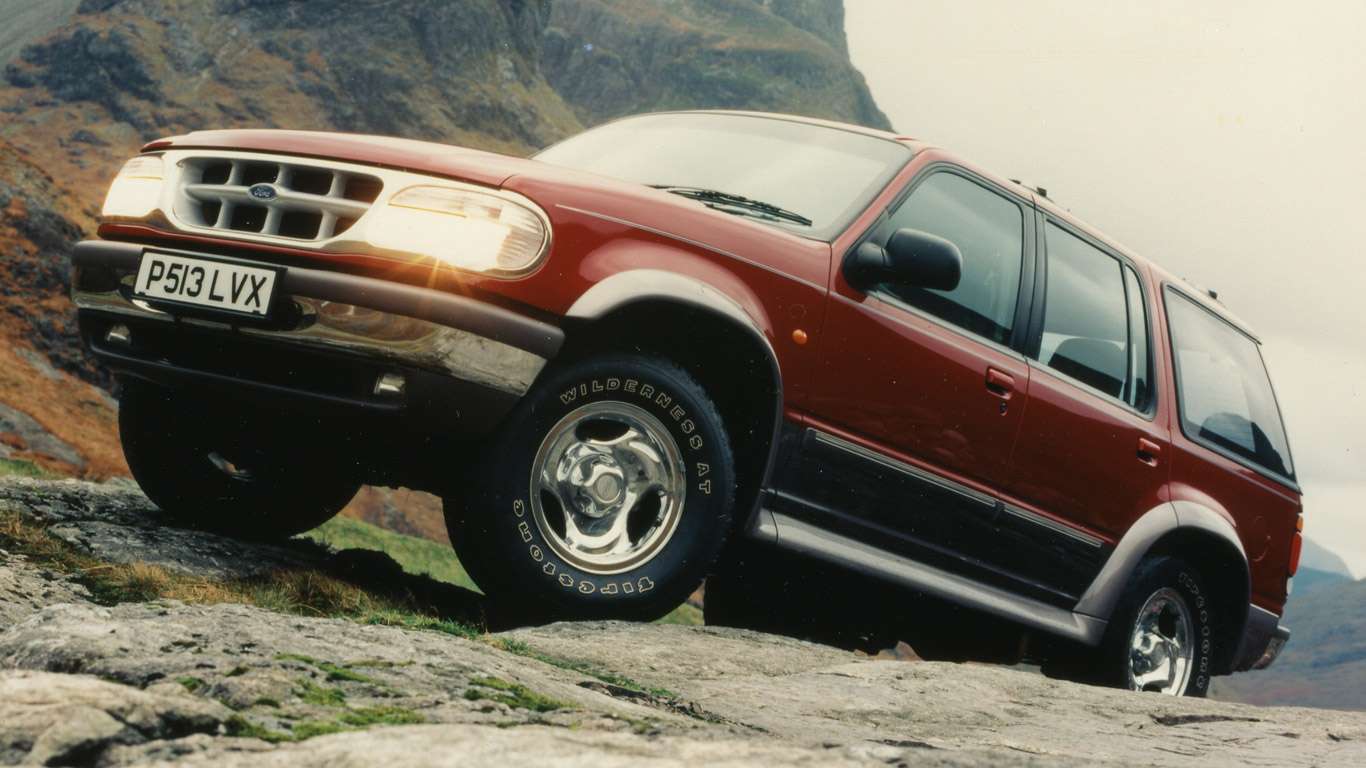
Ford Explorer
© FordThis is a tale of how Ford’s big 4×4 earnt its ‘Exploder’ nickname. Ford had traditionally worked very closely with tyre company Firestone, so it wasn’t unusual in that the Explorer SUV came fitted with Firestone tyres as standard. After a high number of crashes caused by Explorers flipping over, an investigation found that under-inflated tyres would shed their tread, resulting in the Explorer (a car with a high centre of gravity) flipping over.
-
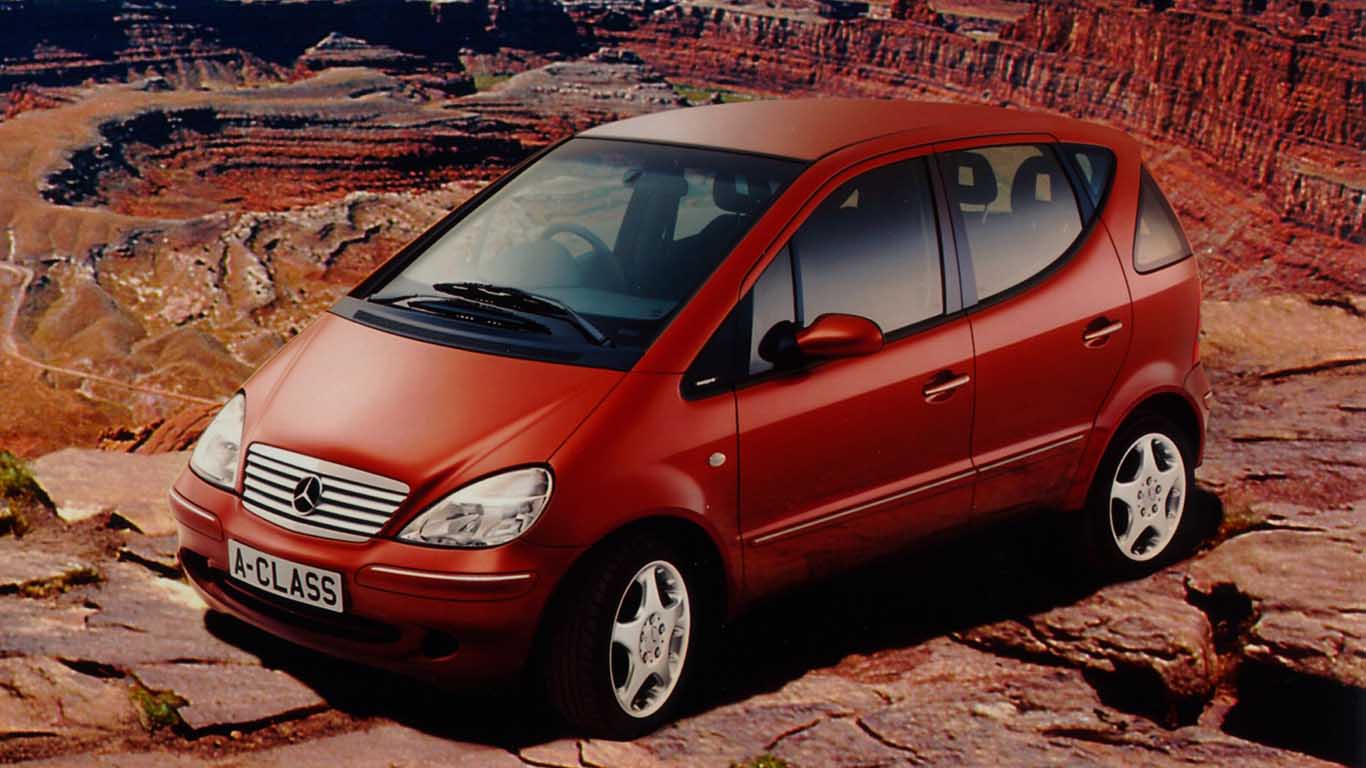
Mercedes-Benz A-Class
© Mercedes-BenzThe Mercedes-Benz A-Class hit the headlines for all the wrong reasons in 1997. It should have been heralded as a clever and innovative small car – the result of years of planning and development. However, the A-Class was plunged into turmoil when it rolled over during tests in Sweden. The so-called ‘moose test’ led to the recall of 17,000 cars and a relaunch with electronic stability control as standard. Subsequent A-Class models have been less innovative, so everybody lost out – not just Mercedes-Benz.
-
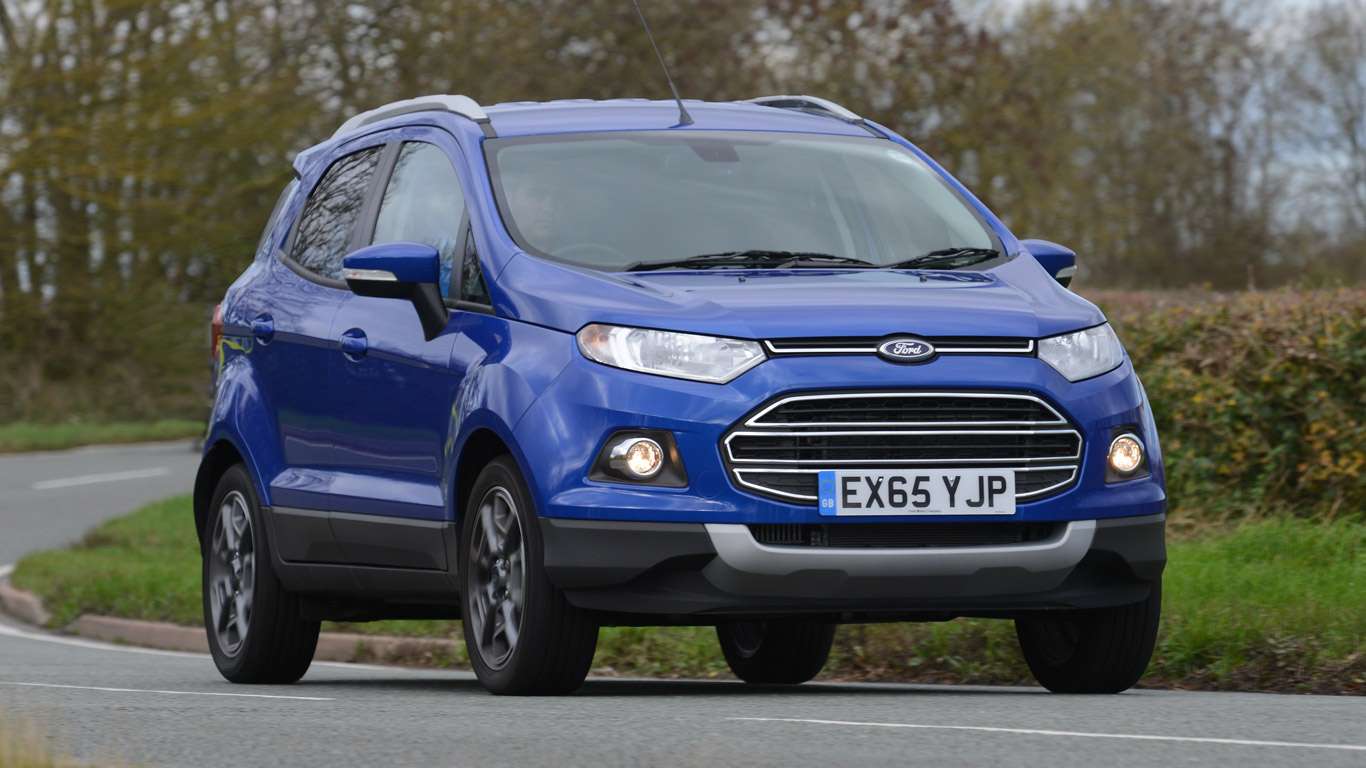
Ford Ecosport
© FordDesigned in Brazil and built on the cheap in factories around the world, the Ecosport is one of the most disappointing cars to wear a Ford badge in recent years. Controversially, it sports proper off-road looks (complete with a spare wheel on the back at launch – now deleted), but isn’t even available with four-wheel drive.
-
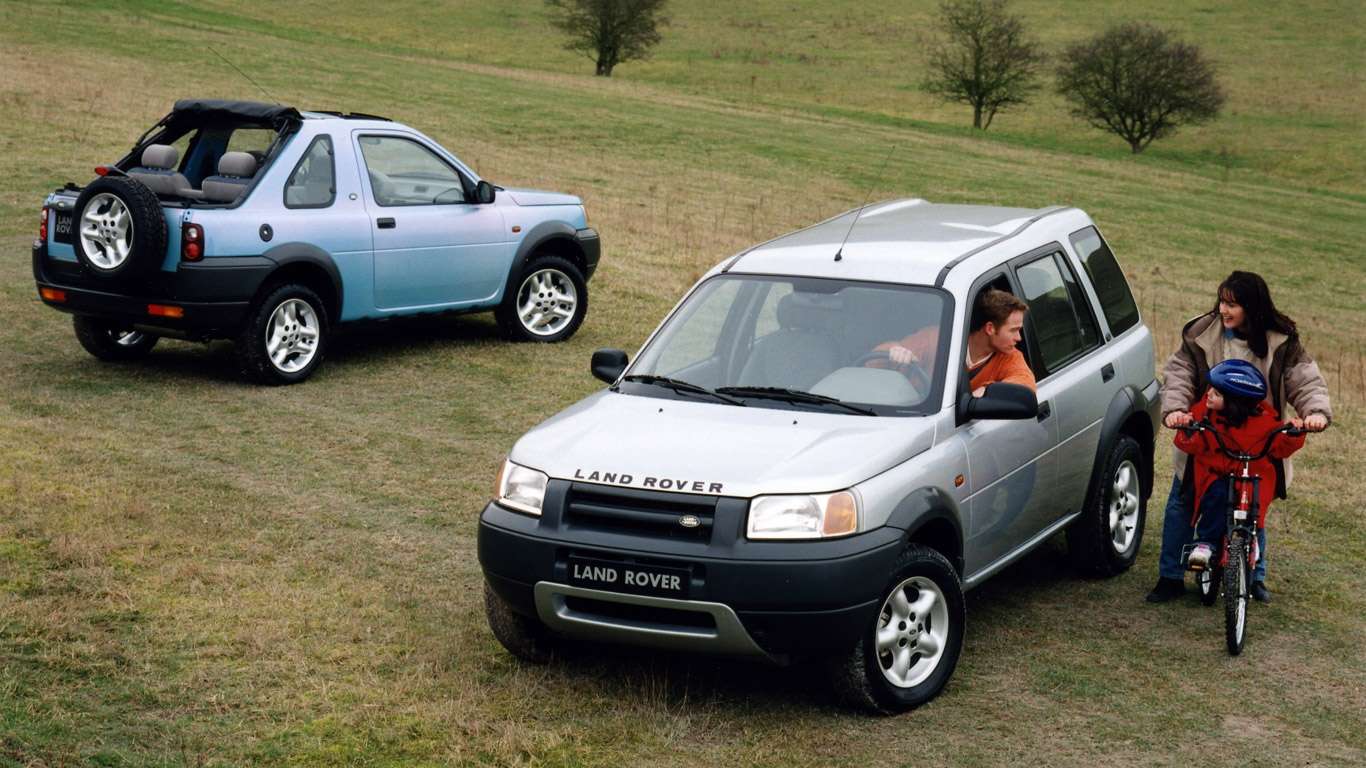
Land Rover Freelander
© Land RoverRover Group began development work on a new compact SUV in the late 1980s. The Freelander arrived in 1997 to a mixed reception. Although featuring permanent four-wheel drive, the Freelander lost the traditional low-range gearbox in favour of electronic systems such as hill descent control. Enthusiasts weren’t keen, but the general public loved it – and it soon became Europe’s best-selling 4×4.
-
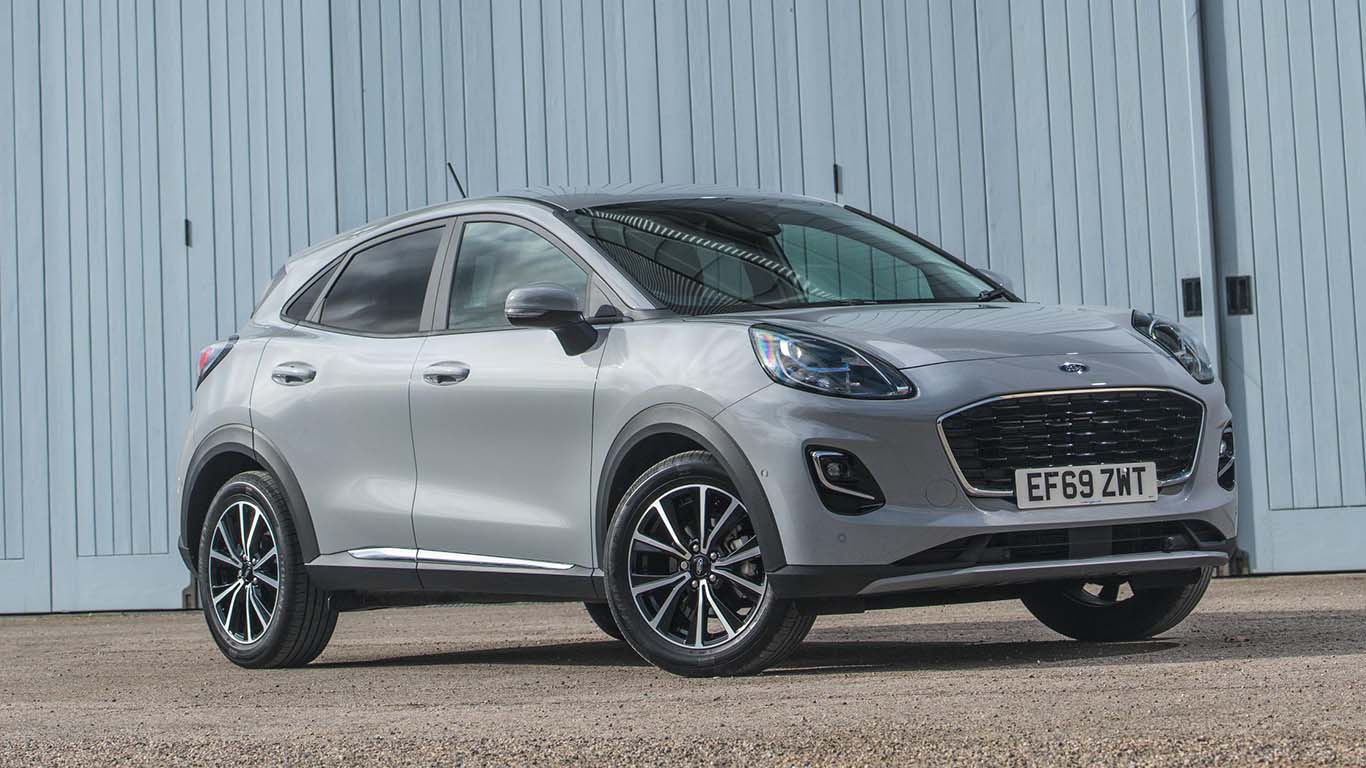
New Ford Puma
© FordThe internet worked itself into a lather when Ford announced it would be dusting off the Puma badge for use on a new compact SUV. Car enthusiasts old enough to remember will bore you silly with tales of the old Ford Puma coupe, which just happened to be one of the best handling front-wheel-drive cars of… well, ever, actually. In truth, recycling an old name makes a lot of sense – and angry people of the internet have moved on to the electric Ford Mustang.
-
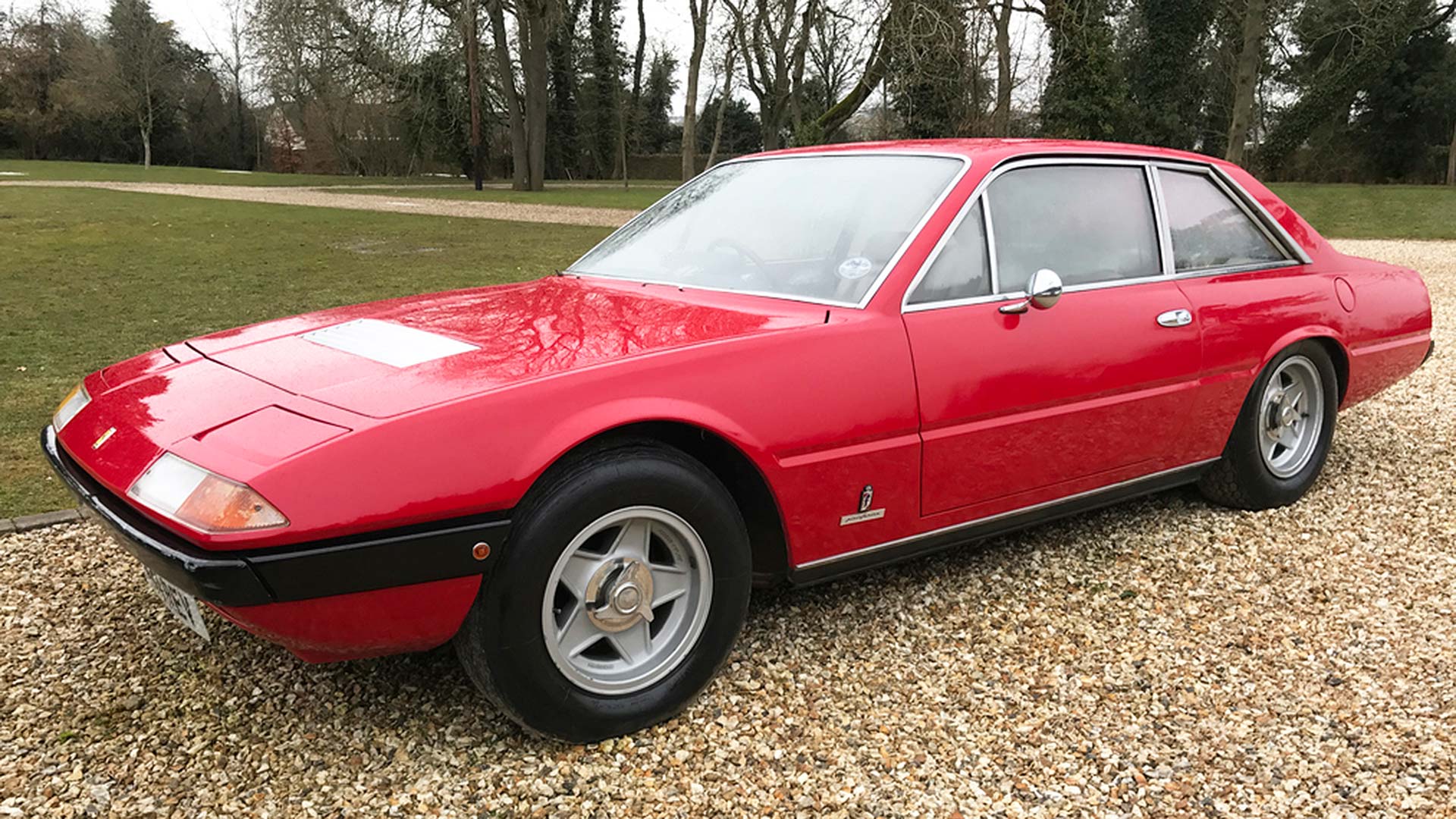
Ferrari 365GT4 2 plus 2
© NewspressRevealed in the 70s as a ‘family man’s Ferrari’, the front-engined 365GT4 2+2 (later 400 and 412) was a dramatic departure from the norm for the Italian brand. Enthusiasts scoffed at its General Motors automatic gearbox, although a few manuals were sold. Aimed at those wanting to cross Europe in comfort, the four-seat Ferrari would struggle to return more than early-teens MPG from its V12 engine. Prices were in the doldrums for a long time.
-
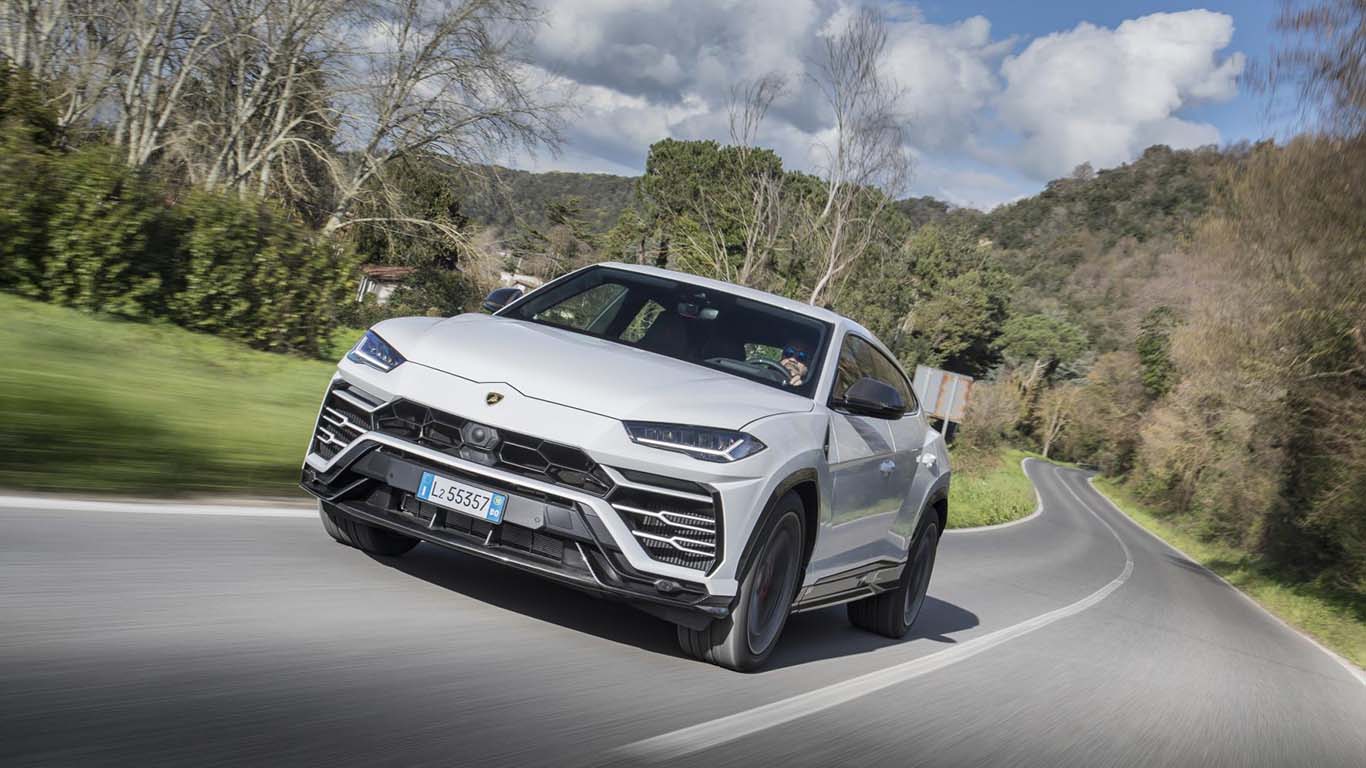
Lamborghini Urus
© LamborghiniAnother controversial SUV from a sports car manufacturer, the Lamborghini Urus went on sale in 2018. Powered by a turbocharged V8, the Urus has been described as a ‘super sports car’ amongst SUVs.
-
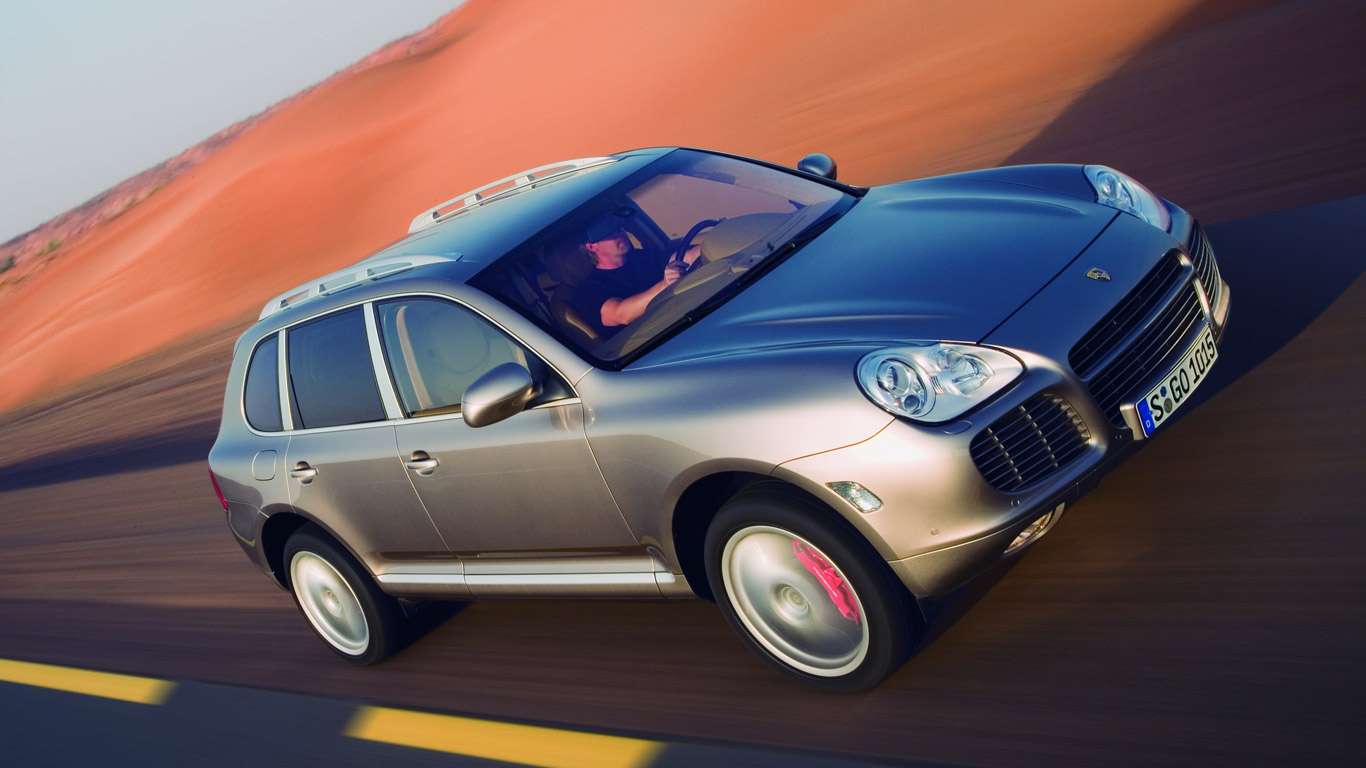
Porsche Cayenne
© PorscheThe first of this breed of performance SUV was arguably the Porsche Cayenne, launched as far back as 2002. Initially, buyers could choose between the 4.5-litre V8 Cayenne S producing 340hp, or the 450hp Turbo. A turbodiesel followed in 2009 – a first for Porsche, and a controversial move. All versions were branded ‘gas guzzlers’ by environmentalists, although a hybrid Cayenne is now available.
-
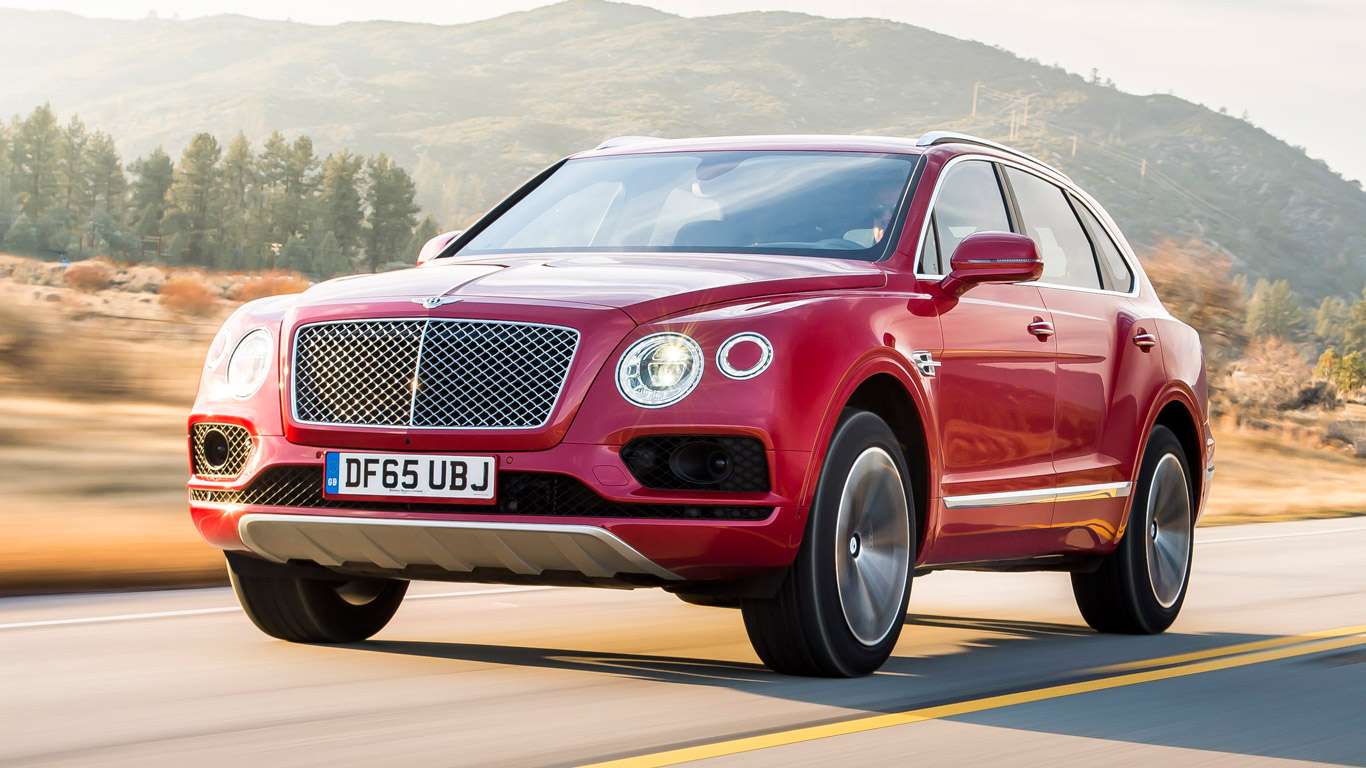
Bentley Bentayga
© BentleyThe final ‘brash, fast SUV which is actually surprisingly good’ to feature here, the Bentley Bentayga was first revealed at the 2015 Frankfurt Motor Show. Bentley’s first production SUV is inspired by the EXP 9F concept car of 2012, and shares a platform with the Audi Q7 and Porsche Cayenne. That’s doing it a massive disservice, however, as the 6.0-litre twin-turbo W12 Bentayga is an incredibly competent car. We’re sure footballers will love it, but it’ll be a while before purists are convinced.
-
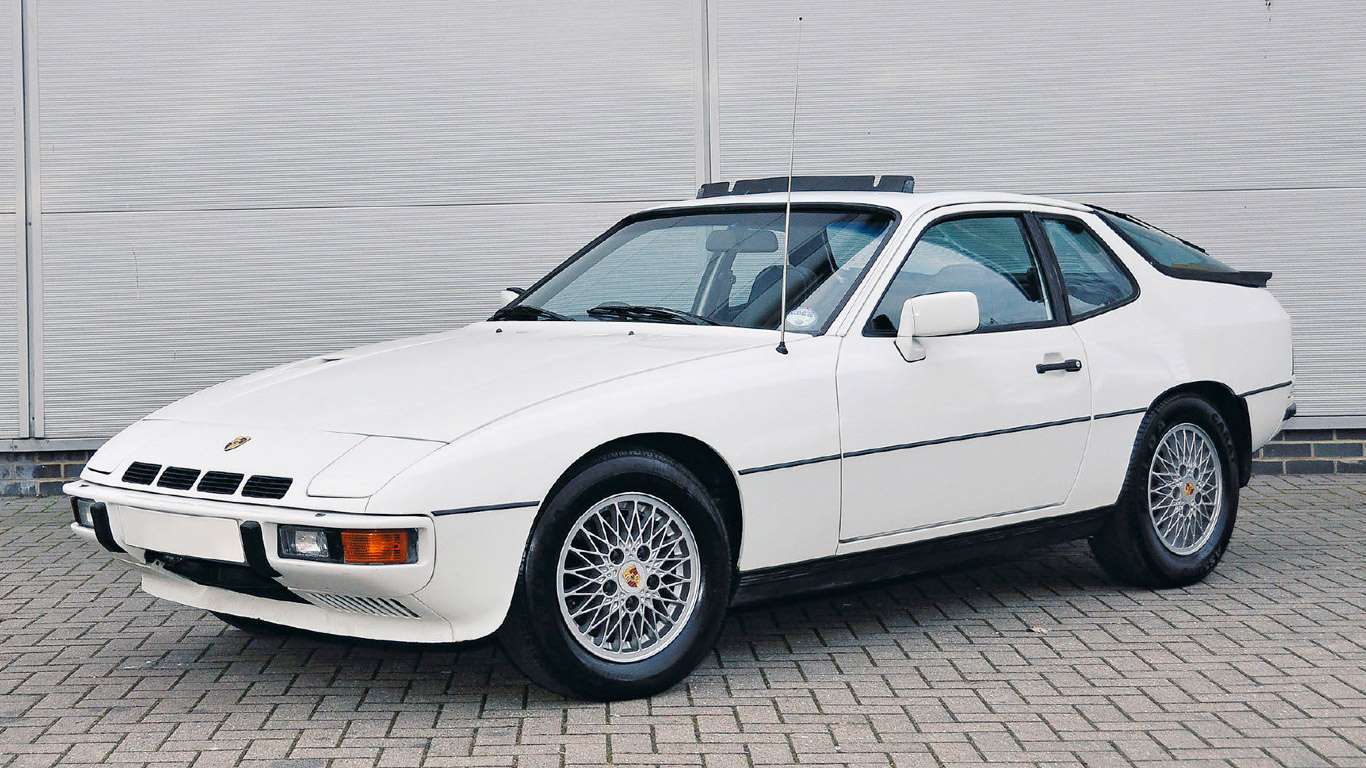
Porsche 924
© PorscheLaunched in 1976, the original ‘affordable Porsche’ still has a bit of a stigma that it’s struggling to shake off. With a water-cooled engine mounted in the front, it was a change from the norm for the Stuttgart sports car manufacturer. Despite Clarkson criticising the 924 for being powered by a ‘van engine’, the four-cylinder 2.0-litre motor actually originated from Audi.
-
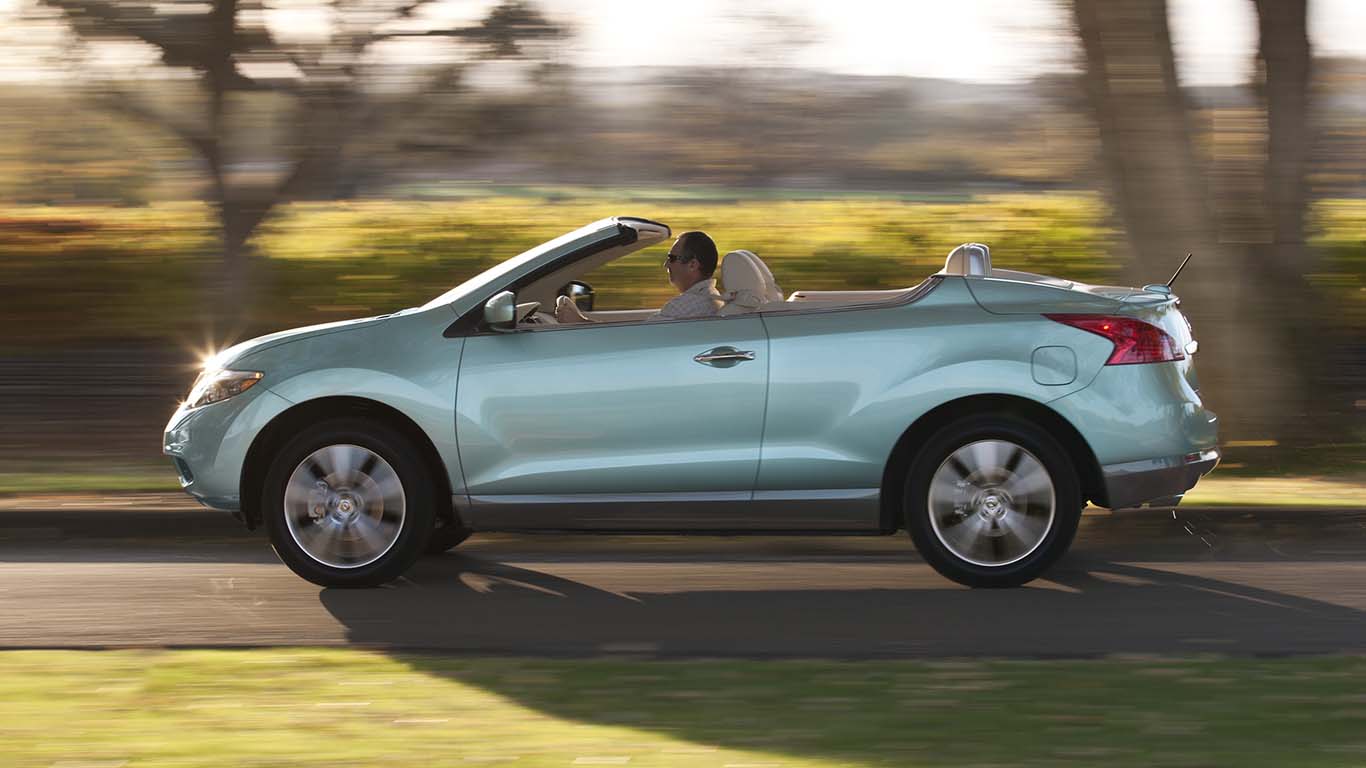
Nissan Murano CrossCabriolet
© NissanOh, how we scoffed when Nissan unveiled the Murano CrossCabriolet at the 2011 Geneva Motor Show. Carlos Ghosn, CEO at the time, claimed the CrossCabriolet was an “upmarket product” aimed at “affluent, aged customers”. So are expensive care homes, but you wouldn’t necessarily want to live out your days in one. Land Rover tried a similar thing with the Range Rover Evoque, but that wasn’t a success. Now, Volkswagen is hoping punters will warm to the T-Roc Cabriolet. We’re not convinced.
-
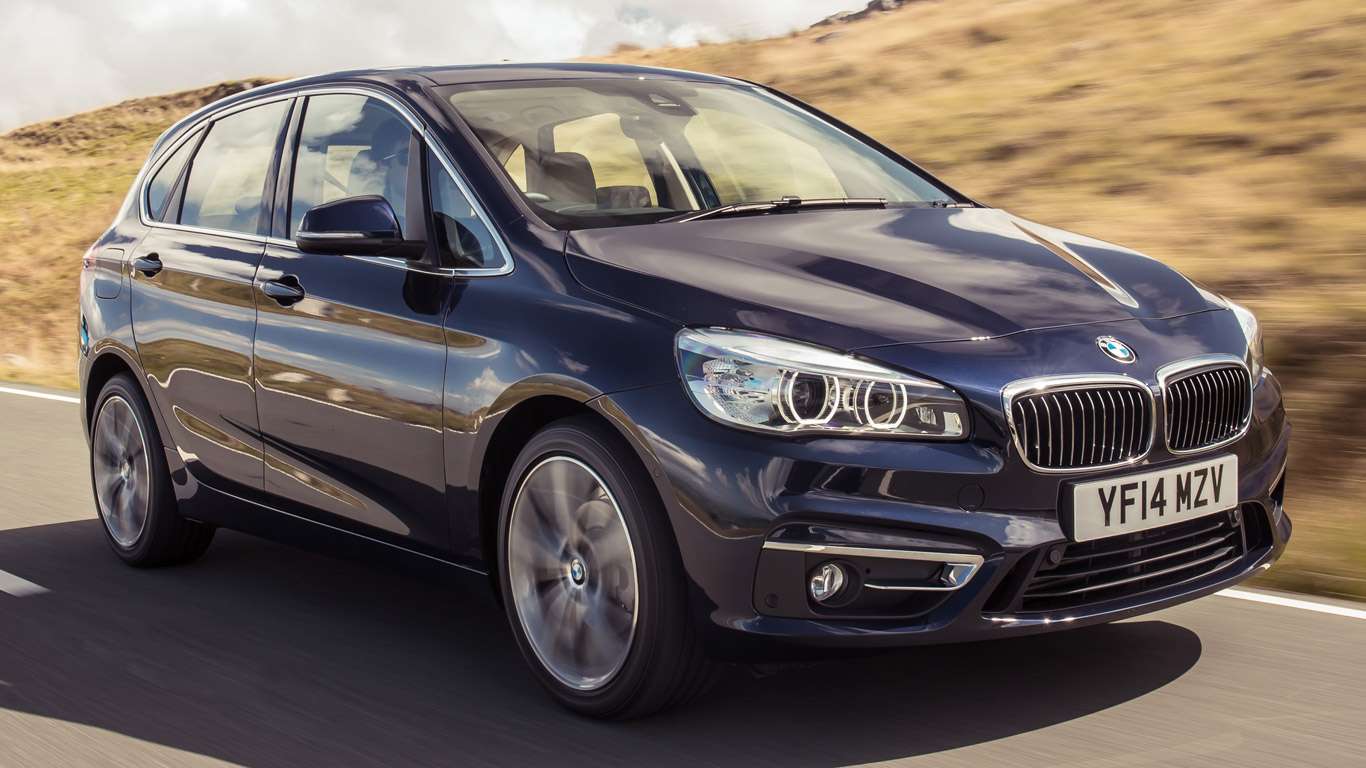
BMW 2 Series Active Tourer
© BMWBMW has resisted the temptation to offer front-wheel-drive versions of its cars for years, always opting for rear- or four-wheel-drive to create Ultimate Driving Machines. So when the 2 Series Active Tourer arrived in 2014, people were outraged at the thought of a front-wheel-drive people carrier from the brand.
-
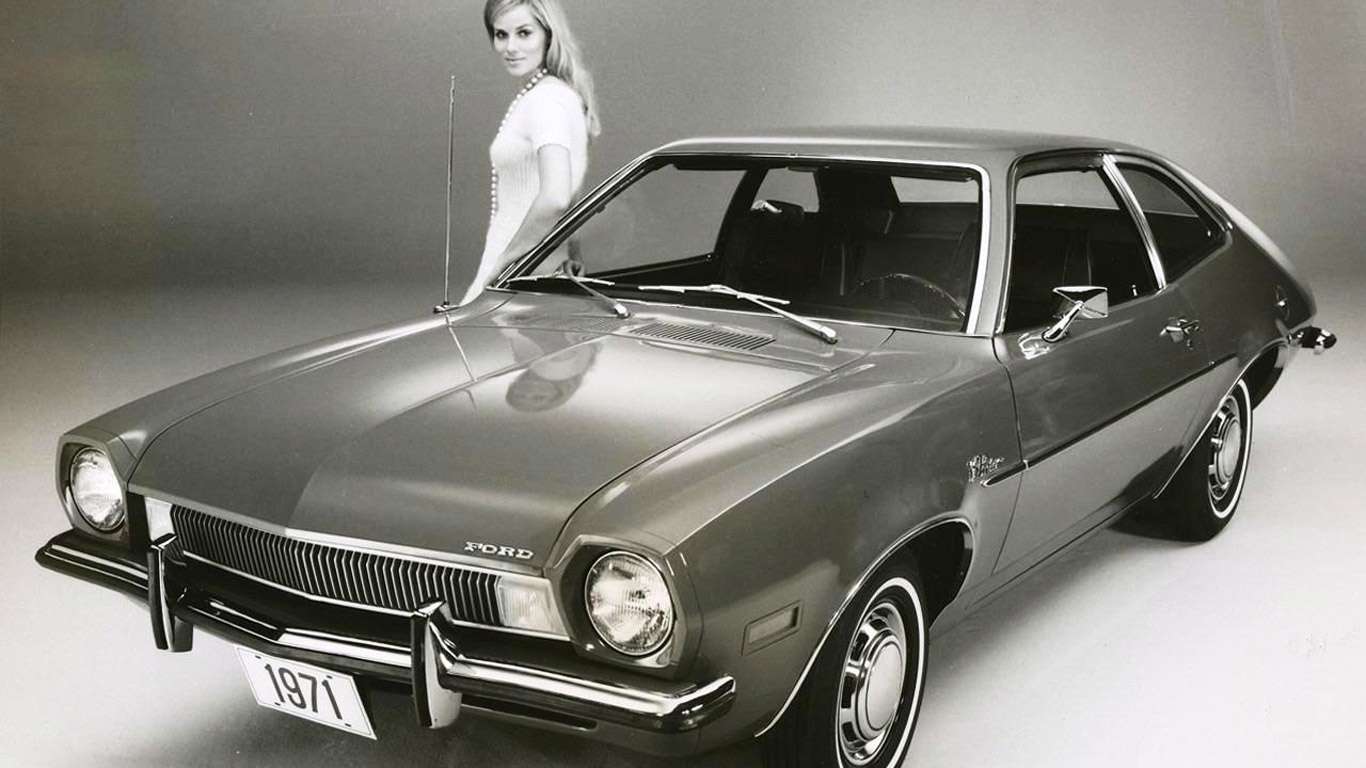
Ford Pinto
© FordThe Ford Pinto was launched in a hurry in 1971, in a bid to take on tough competition from Japan. Crash tests revealed its fuel tank had a tendency to explode during rear-end collisions. Rather than fix the issue (at a cost of $11 per car), Ford decided to ignore it – and simply put some money aside towards potential litigation costs. As many as 180 people are believed to have died as a result.
-
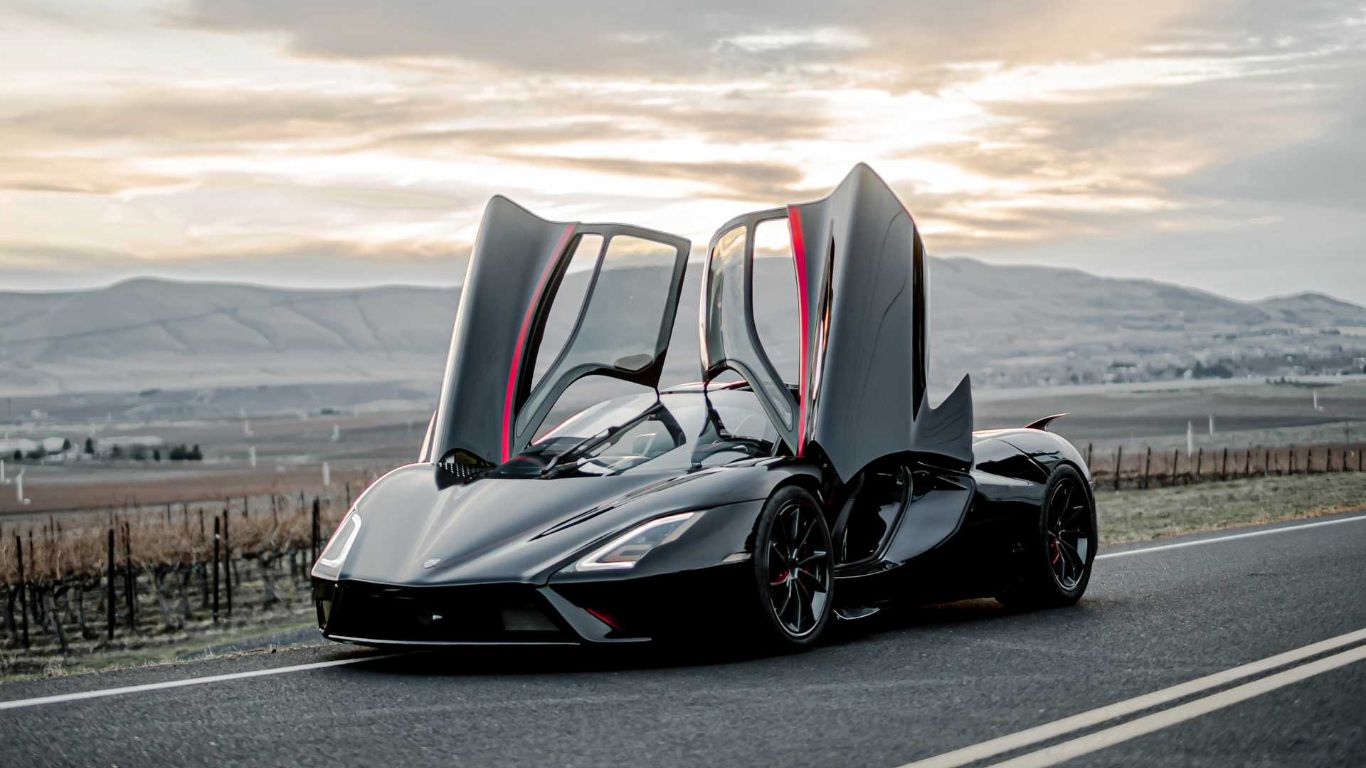
SSC Tuatara
© SSCThe American-made SSC Tuatara smashed the production car speed record, hitting a top speed of 331mph on a closed public road. Or did it? YouTuber Shmee150 pointed out inconsistencies in the video made by SSC, including some time and distance calculations that didn’t add up. Jerod Shelby, CEO of SSC, later admitted that: “the depiction of the speed run, in video form, had been substantially incorrect”. The Tuatara went on to break the record anyway, with an officially recognised top speed of 316mph.
-
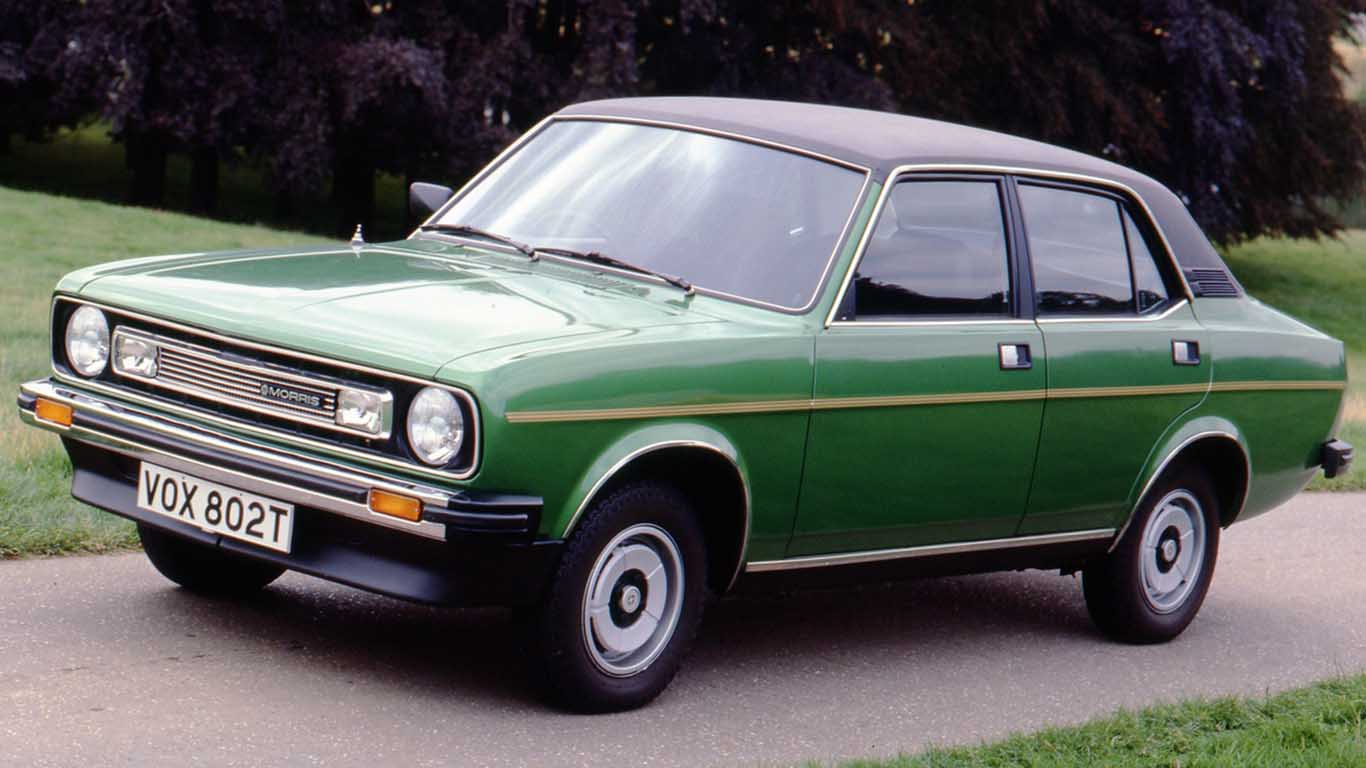
Morris Marina
© MorrisThe Morris Marina was exactly the car newly-formed British Leyland needed to compete with the likes of Ford – a fleet-friendly Cortina rival. But, in a move that would set the tone for BL, the Marina was quickly seen as a parts-bin special. It was criticised by the press for its ‘almost heroic’ levels of understeer, and sales got off to a slow start. It was keenly priced, however, and 807,000 were sold in the UK during the 10 years it was on sale.
-
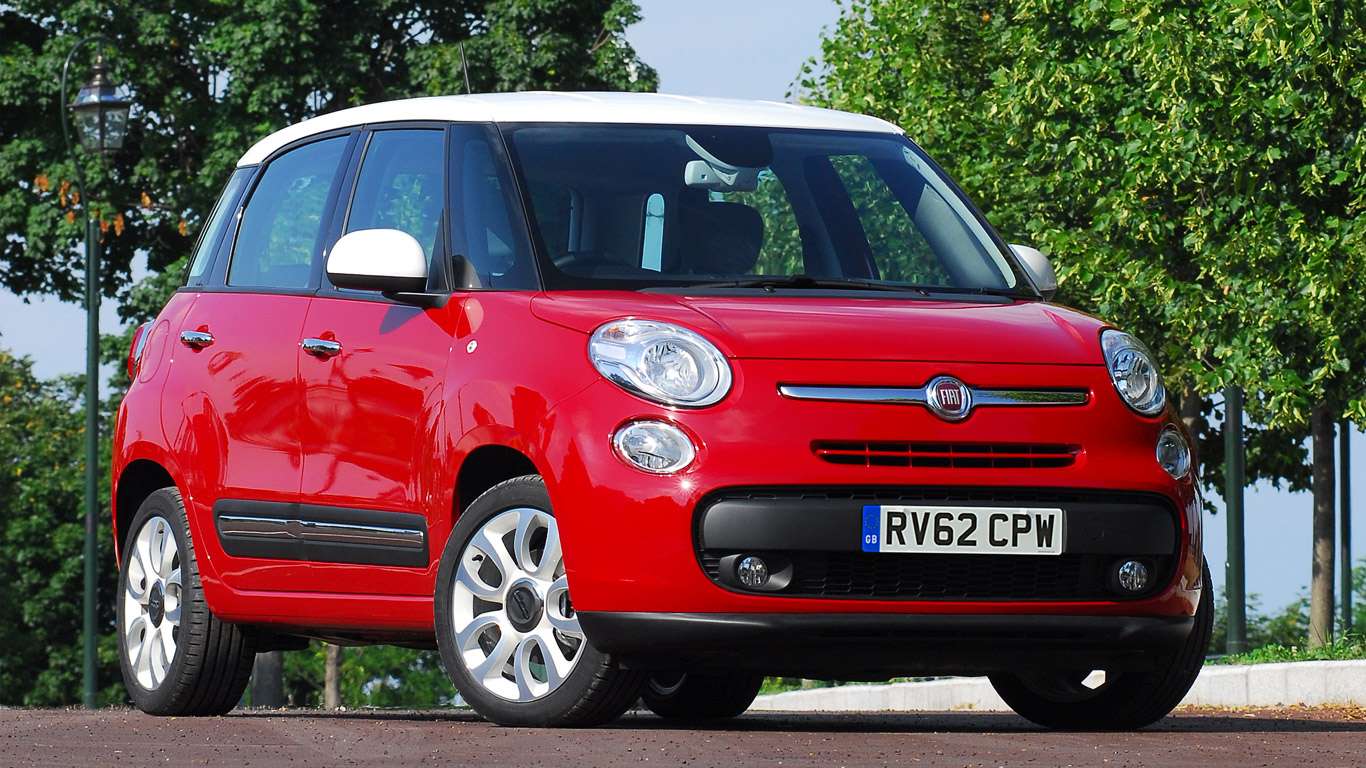
Fiat 500L
© FiatAh, the petite (original) Fiat 500. Such a cute little thing. We could have included the modern incarnation here, but we decided to stick the knife into the monstrosity that is the 500L instead. The 4.1-metre long 500L is a mini people carrier that’s not been blessed with attractive Italian design.
-
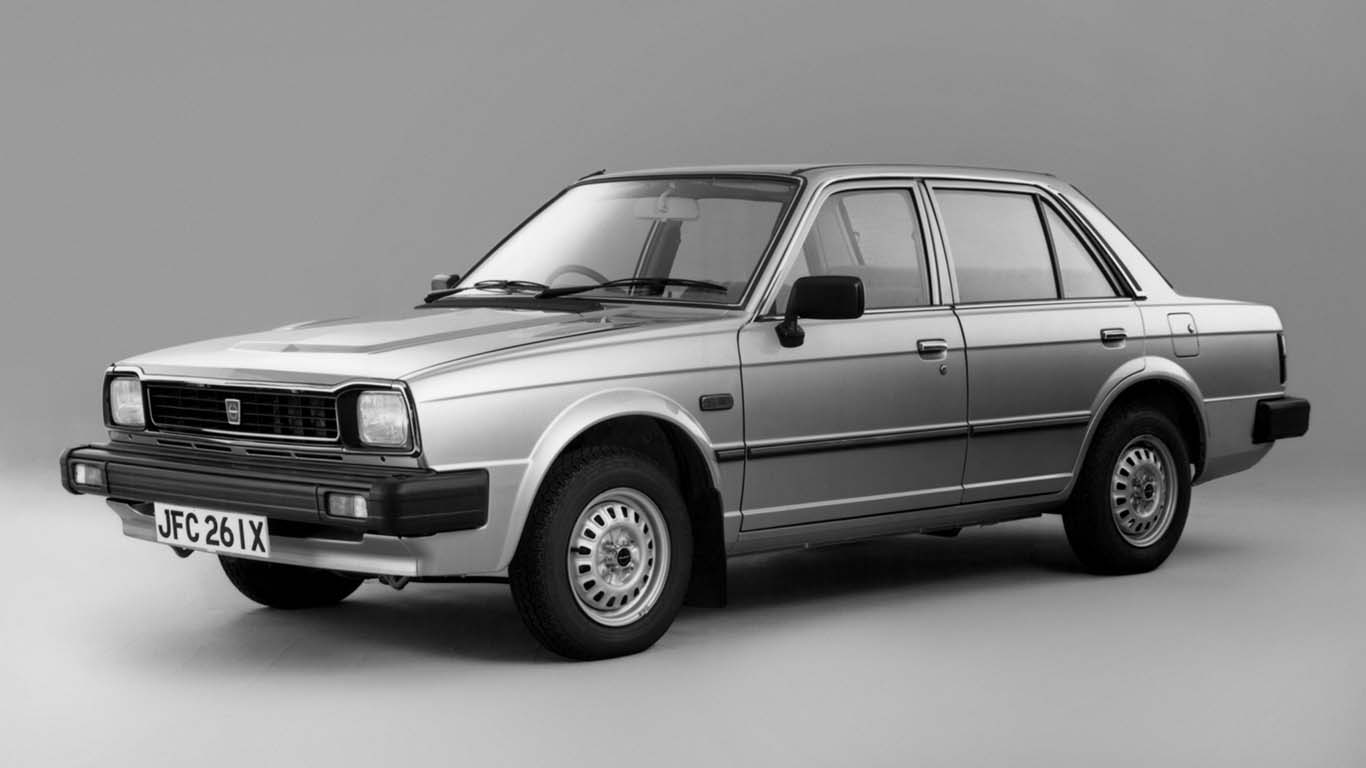
Triumph Acclaim
© TriumphThe final new car to sport the Triumph badge, the Acclaim was very different to the British sports cars the brand was known for. It was a four-door saloon based on the Honda Ballade (using a 1.3-litre Honda engine), and was built on British Leyland’s Longbridge production line. It was good to drive, reliable, and prices on the classic car market are finally starting to go up as numbers dwindle.
-
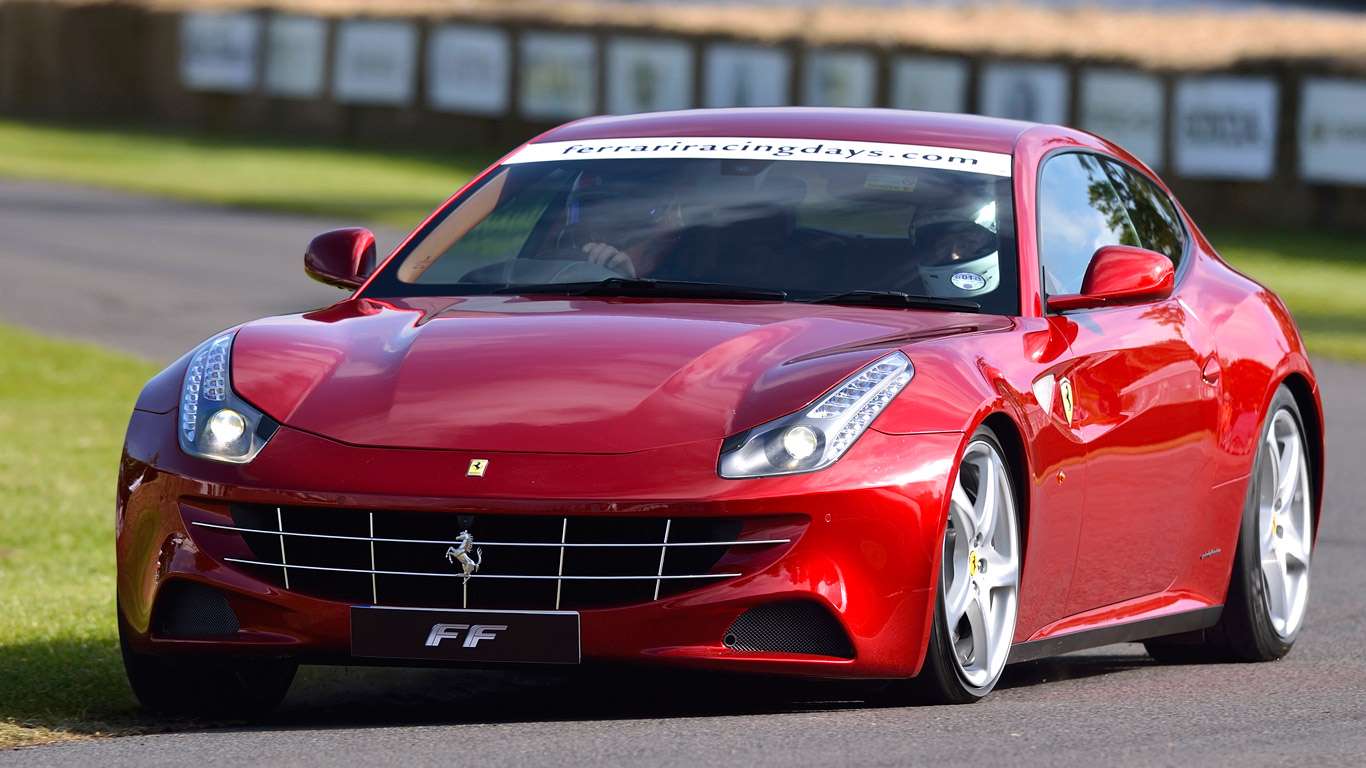
Ferrari FF
© FerrariThis is the third Ferrari to feature here: the four-seat shooting-brake FF (‘Ferrari Four’). Launched in 2011, Ferrari described it as the ‘world’s fastest four-seat automobile’, with its 6.3-litre V12 accelerating the FF to 62mph in 3.7 seconds. Its looks proved controversial at first, but they’ve mellowed with age, and who wouldn’t want like a Ferrari they can take the entire family out in?
-
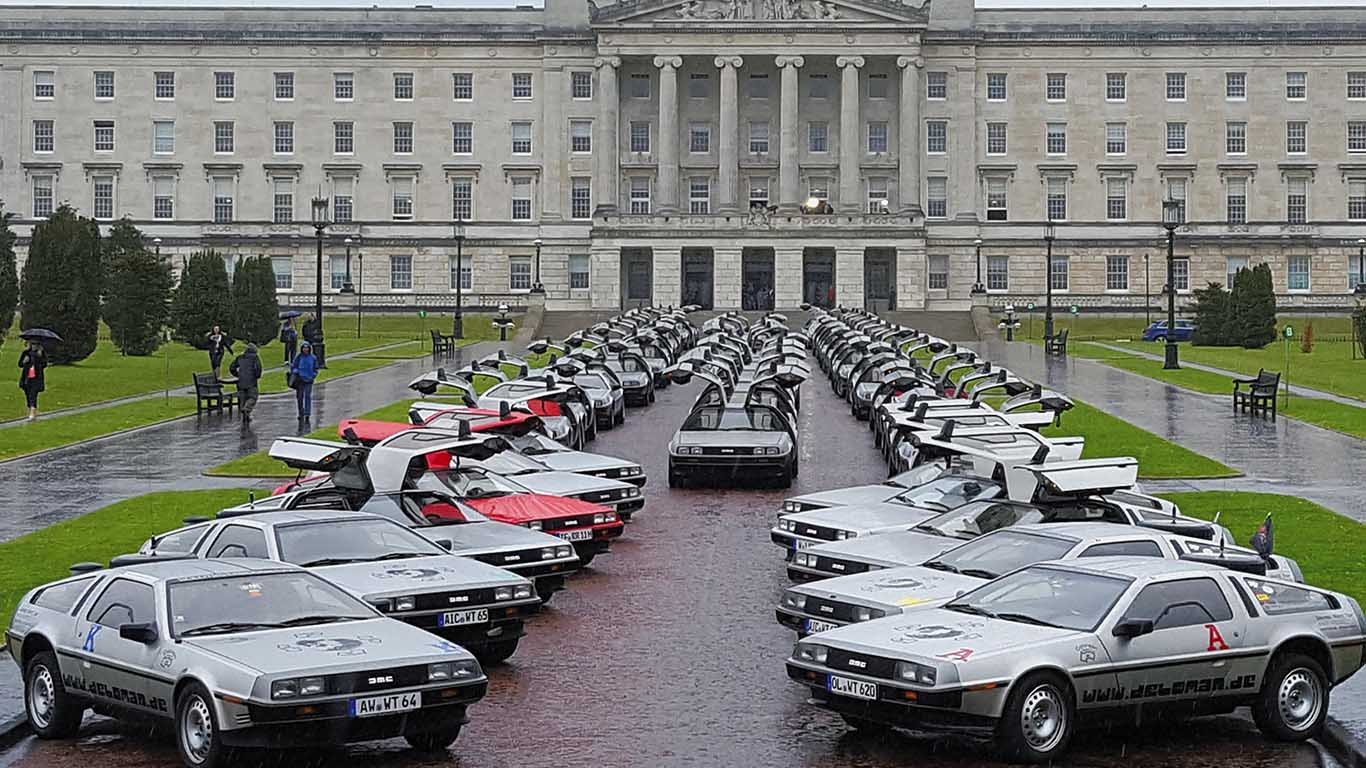
DeLorean DMC-12
© VeloceHad it not been for a certain film of the 1980s, the story of the DeLorean DMC-12 might have been all but forgotten. Of little interest beyond car enthusiast circles. A chapter in the political and economic history of Northern Ireland. And the second act in a tale about John DeLorean. Aside from the fact that it could have been better, the DMC-12 wasn’t that controversial. What went on around it certainly was.
-
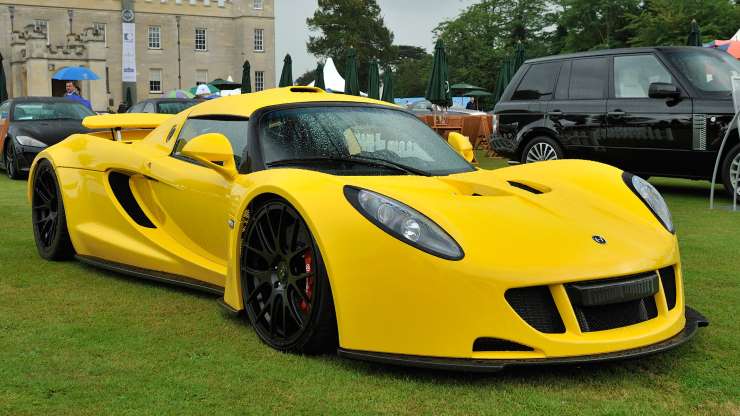
Hennessey Venom GT
© Salon PriveThe Hennessey Venom GT was the fastest production car in the world, capable of hitting 200mph in 14.51 seconds and a top speed of more than 270mph. Or was it? Based on a Lotus Exige chassis and made by American tuning house Hennessey Performance Engineering, the Venom GT sold in limited numbers. Does that mean it qualifies as a production car? It certainly isn’t built on the same scale as the Bugatti Veyron. And Guinness World Records agreed. Today, the Venom GT has been eclipsed by the Bugatti Chiron Super Sport and Koenigsegg Agera RS.
-
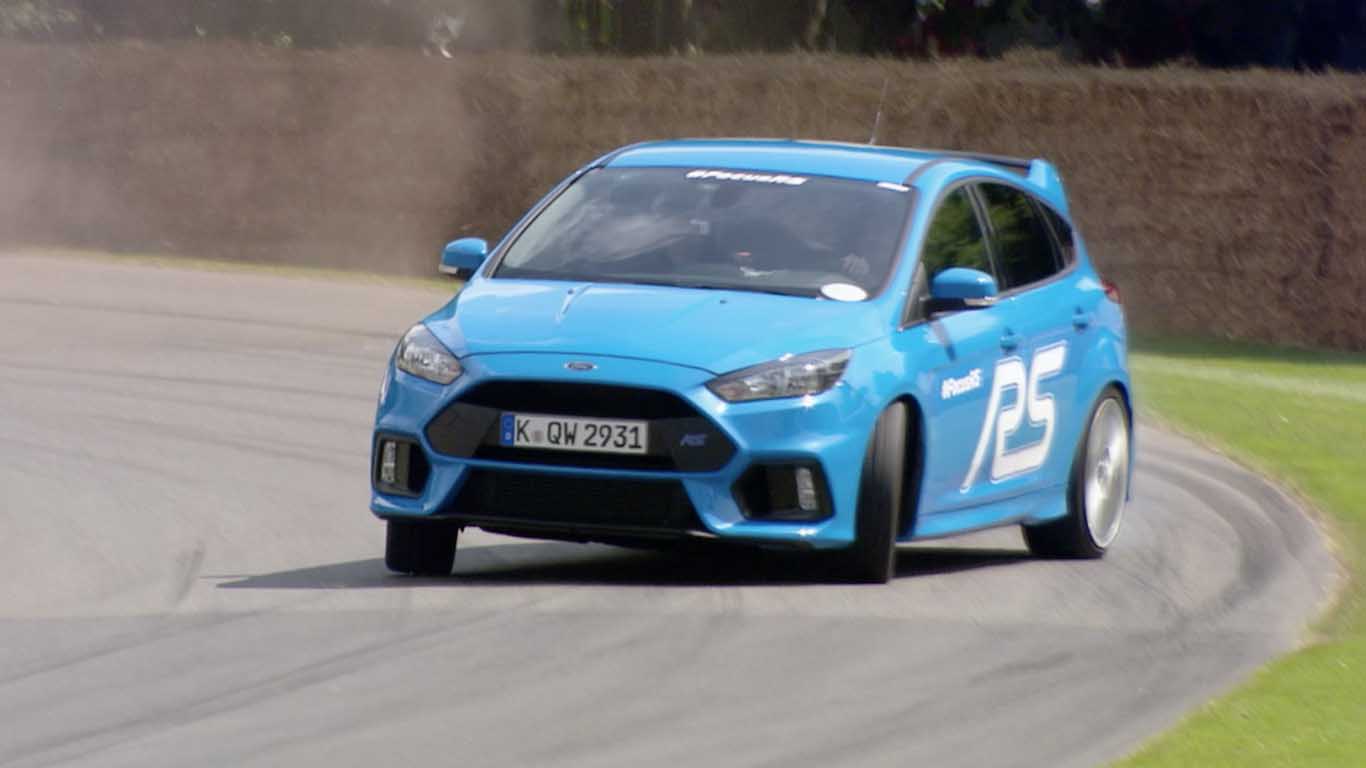
Ford Focus RS
© FordThe ‘Drift mode’ on the Ford Focus RS ruffled a few feathers. Some argued that it encourages irresponsible driving and is a danger to other road users. In response, Ford said it was designed for use on a track, claiming it can ‘help the driver achieve controlled oversteer drifts’. Controversial? Perhaps, but is it any more dangerous than a confusing touchscreen or drinking hot coffee at the wheel? Discuss.
-
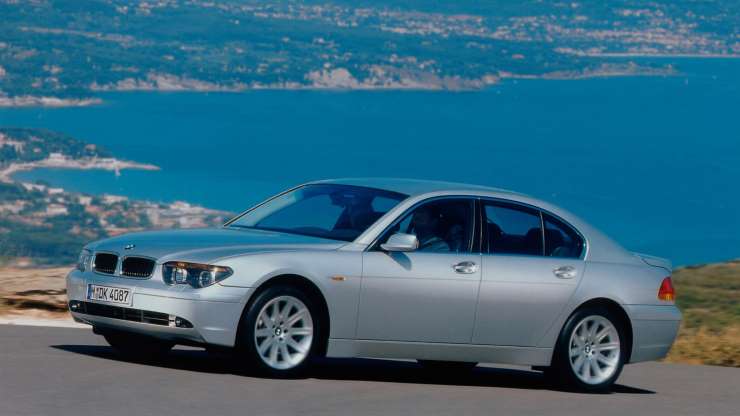
BMW 7 Series
© BMWWhen it was launched in 2001, many were horrified by the Chris Bangle-designed E65 BMW 7 Series. It replaced the discreet, three-box appearance the 7 Series was known for with a ‘Bangle butt’ rear end and a wheelbase some 60mm longer than its predecessor. Even those who could just about forgive its looks were confused by the new iDrive infotainment system. Twenty years on, BMW is courting controversy with its use of MASSIVE front grilles.
-
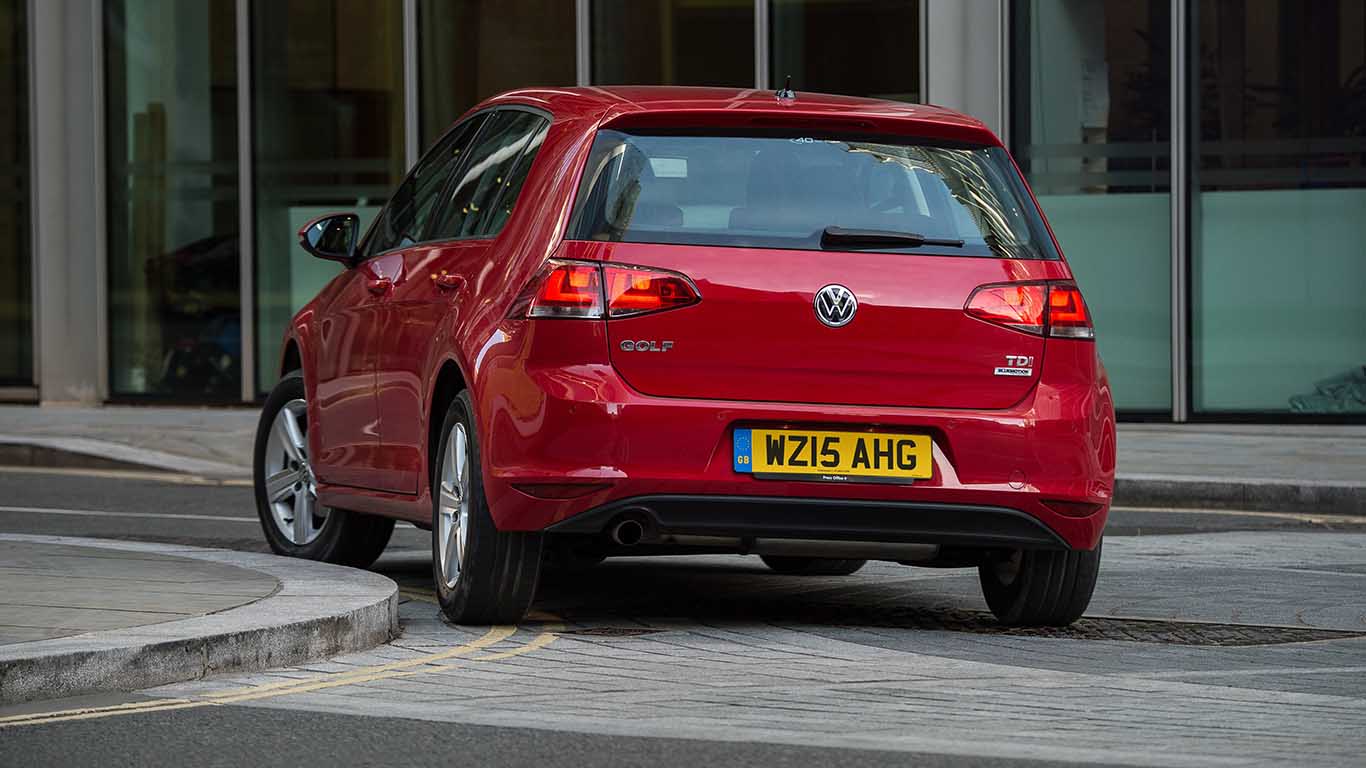
Volkswagen TDI
© VolkswagenVolkswagen’s TDI engines were at the centre of the Dieselgate scandal. Millions of cars were affected, with Volkswagen caught fitting so-called ‘defeat devices’ to its cars in order to pass strict emissions targets. It cost Volkswagen billions of pounds and put a huge dent in its global reputation. “We’ve totally screwed up,” said Volkswagen America boss Michael Horn. Quite.
-
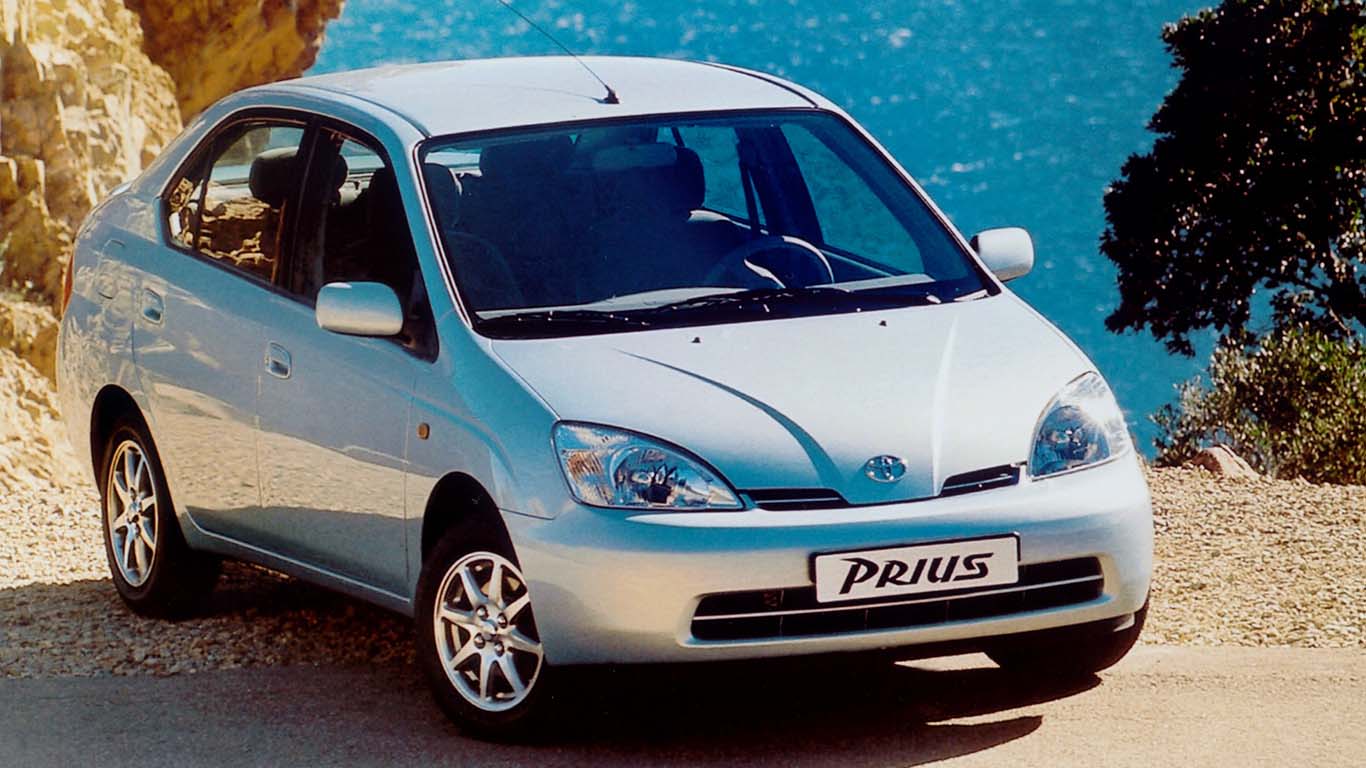
Toyota Prius
© ToyotaThe Toyota Prius became the pin-up star of greenwashed celebrities and politicians trying to do the right thing for the planet. In doing so, the Prius cemented its reputation as the brand generic for hybrid vehicles. The controversy surrounds the production of the Prius and other hybrids. Remember the story about the Hummer being greener than a Prius? Although it was subsequently discredited, it highlights the controversial elements of electrified vehicles.